“HeartMath™ is heart-focused breathing, or breathing through the heart space,” Rachel Egherman said of the gentle form of self-care that helps you check in with your body, your heart space, and feel supported. “This is something you can do yourself in the grocery store line. It’s a way to quickly self-regulate.”
Divine Order-- Not Disorder: How Sarah DesJardins' Personal Journey Informs Her Equine Therapy and Energy Healing Work
Down a country road and around a corner in lovely Manchester, hot tea and home-made chocolate-chip cookies (my favorite treats) awaited my arrival at Souls at Play Center for Creative Therapy. This was my third time seeing Sarah DesJardins. The first was at the Spring 2015 Holistic/Psychic Fair of Ann Arbor, where as a guest speaker, she presented a powerful seminar―“Psychic Awareness: The Silver Lining of Trauma”―maxing the venue’s capacity.
Back to Basics Health with Julie Johnson
Imagine receiving results from an air quality and blood test showing that your home needs remediation—and so does your body. There were astronomical levels of mold and fungus in your blood. You suffered from pneumonia and had so many x-rays taken that you almost glowed in the dark. The medications prescribed were barely treating the symptoms but were further depleting your already near-extinct immune system. Your doctors finally admit that they have no effective options for your condition; their final suggestion was to wait and see if your body began to win the fight on its own.
Conversations with Nature
There is a reason we feel more peaceful when we spend time connecting with our pets or hiking in the forest. Nature is in perpetual energetic flow and does not manipulate energy the way people do. Humans continually try to divert, filter, suppress, create, and extinguish energy. Because of this, when we are immersed in the flow of nature, our body’s energetic response is to line up with that frequency. We let go of a little of that human tendency to control energy. It’s relaxing, and when we are relaxed, we are open to receive communication from our own intuition as well as Source (the name I will use in reference to God, Universe, Deity, Divinity).
Healers of Ann Arbor: Acupuncture with Dr. Cynthia Esseichick
You can try a new type of massage or read a chiropractor’s online reviews, but how do you really know when a healing modality is right for you? Columnist Laura K. Cowan goes in depth with local healers to give you a behind-the-scenes look at what they really do to help people relax and heal.
Bowenwork for Gentle Healing
I had been suffering from neck and shoulder pain for many years due to a car accident. Although weekly chiropractic and massage helped, my problems never fully resolved. Over the years I tried many healing modalities with no lasting relief until a friend suggested I try Bowenwork. I found a practitioner and gave it a try. Since I was used to vigorous massages, I was surprised with how little force was used with Bowenwork. After the second session, I started noticing some wonderful changes. Eventually, my neck and shoulder issues resolved, as well as other issues that I had not communicated to my practitioner.
Gut Feelings and Your Brain ~ The Bidirectional Communication Between Your Brain and Digestive System
By Meghan Marshall
Anyone who’s ever had a “gut feeling” or felt the stomach-sinking effect of bad news probably believes in some kind of connection between the brain and the gut. These people would be right. However, the strong bidirectional communication between the brain and the digestive system is much more complex and intertwined than most people realize.
Bidirectional means that there are messages being sent both from the brain to the digestive system, and from the digestive system to the brain. The digestive system even has its own nervous system—the enteric nervous system.
The brain sends nerve signals, which are either carried out by the parasympathetic nervous system or the sympathetic nervous system. The parasympathetic nervous system is known as the “rest and digest” system, while the sympathetic nervous system is what responds during dangerous or stressful conditions. Consequently, when the parasympathetic nervous system is responding, gut function is stimulated while the sympathetic nervous system inhibits gut function.
These signals are sent using nerves, hormones, and inflammatory molecules. The vagus nerve is one of the key components of this brain-gut connection. The connection of the vagus nerve between the gut and the brain can influence factors like appetite, food intake, pain, mood, and more. Interestingly, most of the signals sent via the vagus nerve go from the digestive system to the brain; for example, when the stomach is empty, ghrelin is released from the gut to stimulate feelings of hunger from the brain. The information generated in the gut that reaches the brain is then interpreted by the brain and sent back to the gut in order to adjust its functions.
Knowing about this strong and intimate connection between the gut and the brain, it only makes sense that emotions, or a certain state of mind, can considerably impact digestive functions. Particular emotions can even be a predictor of certain diagnoses, like irritable bowel syndrome or chronic constipation. How can this be possible? Well, as mentioned, the body reacts via different systems depending on the present situation. When stress or danger is signaled, the sympathetic nervous system responds, moving blood away from the digestive system to help negate the threat (i.e. bringing blood to the muscles so you can run away), inhibiting the vagus nerve and slowing digestion. The hypothalamus in the brain releases a molecule called corticotropin releasing factor (CRF), generating a gastrointestinal stress response and also releasing the stress molecule cortisol.
Read related article: Why Your Gut Won’t Heal – And What You Can Do About It
During very high-stress or anxiety-inducing situations, the gut signals are felt more sensitively, which is what can lead to an immediate response of diarrhea or even vomiting during these types of situations.
This response is very helpful in life threatening situations. However, it becomes problematic when this response is chronic; common in our high-stress, demanding lifestyles nowadays. With persistent unpleasant emotions—as in someone with an anxiety disorder—this can lead to changes in the enteric nervous system over time. These changes can induce continual, increased gut sensitivity and lead to symptoms like bloating, stomach pains, or constipation. This dysregulation in the digestive system can eventually lead to diagnoses like IBS, indigestion, or chronic constipation or diarrhea. Unfortunately, each of these can be a “catch all” diagnosis when physicians can’t seem to find a physical explanation for the cause of these symptoms. Treatments for these conditions are usually aimed at minimizing symptoms instead of correcting the root cause for the dysregulation, and relief from the symptoms can be hard to come by even with these therapies. New studies are now being conducted on the effectiveness of psychotherapies like cognitive behavioral therapy, mindfulness, and hypnotherapy for IBS and similar conditions with promising results.
Stress isn’t the only emotion that can have an impact on the digestive system, however. Depression, sadness, and hopelessness can result in a decrease in peristalsis, which are the wave-like contractions along the digestive system that help to move the food through the intestines, possibly causing constipation. Anger and aggression can trigger the contractions in the lower intestine.
Furthermore, your body has the ability to store responses and memories of a traumatic or stressful event, which can elicit reactions after the event occurred, even years later. Childhood and even generational stress can cause a predisposition to the gut overreacting to stressors, leading to gut-related symptoms.
On the reverse side, dysregulation in the gut can also have a negative impact on a person’s mental and emotional state. One type of dysregulation could be the makeup of one’s microbiome, which is the name for the trillions of microorganisms that populate the digestive tract. The activity in the brain or state of mind can influence the microbiome, and the microbiome can reinforce emotions and even prolong them. Not surprisingly, the microbiome has the ability to also influence risk for digestive diseases. Some of the non-beneficial or harmful microbes are able to increase their numbers with the metabolites that result from stress. This imbalance of “bad” bacteria in relation to the beneficial bacteria is called dysbiosis. Dysbiosis can also lead to undesired gut-related symptoms.
Studies are even starting to show the association between neurodegenerative diseases and the gut. Parkinson’s disease, a progressive neurodegenerative disease, may be one example of this. Some recent studies have found that even before characteristic Parkinson’s symptoms materialize, the enteric nervous system goes through the typical Parkinson’s nerve degeneration and is accompanied by a change in the gut microbiome.
With all of this evidence contributing to clear proof that the mind and the digestive system are strongly interconnected, what should you do with this information?
One recommendation is to avoid eating whenever you’re experiencing high, short-term stress. The body’s focus won’t be on digestion during this time, which can lead to acute gut-symptoms like stomach pain and bloating.
For someone who’s chronically stressed or overwhelmed, therapies aimed at relaxing the mind and body can be beneficial. This could include yoga, meditation, walking, or spending time in nature.
In regard to supporting the microbiome, fermented foods are ideal. Some recommended sources are kimchi, miso, sauerkraut, and unsweetened yogurt or kefir. While food sources are optimal, supplemental probiotics can be an alternative. However, desired results can vary depending on probiotic strain, so it is recommended to begin these under the supervision of a qualified medical professional. A healthy diet with plenty of fruits, vegetables, and whole grains is also favorable for gut health and supporting the microbiome. Avoiding antibiotic overuse and not purchasing antibiotic soaps or household products can further benefit the microbiome and help to reduce the risk of antibiotic-resistant bacteria.
Being aware of this impactful gut-brain interconnection can help lead you to a happier, healthier life.
Meghan Marshall is a Registered Dietitian with a master’s degree in Nutrition and Functional Medicine. Meghan currently works as both a clinical and community dietitian, and is the owner of Black Moon Nutrition + Wellness. She is the creator of and writer for the new blog, Black Moon Nutrition Blog blackmoonnutritionblog.com.
Related Content:
An Integrative Approach to Women’s Health: An Interview with Holistic Gynecologist Dr. Suman Tewari
A graduate of Wayne State University Medical School, Dr. Suman Tewari is a women’s doctor who has incorporated many aspects of functional medicine and mindset coaching with her allopathic training to bring the best possible care to her patients. I sat down with her at her beautiful office in the Parkway Center to discuss what she means when she says “holistic gynecology” and why women might not feel “empowered to heal.”
The Raindrop Technique
Essential oils—they’re everywhere! You can find them in the grocery store, home improvement stores, the mall, and even the gas station. Aromatherapy, with essential oils, is extremely popular right now. As the saying goes, “everything old is new again.” That’s truly the case with essential oils.
Kintsugi and the Art of Mending the Broken Heart
Try to remember a time you held something fragile in your hands. You were so careful not to damage it by holding too tightly, but your grip had to be firm enough to keep it secure. Now, imagine that in the next moment it slips from your fingertips and falls to the ground in slow motion. You know that whether you swipe at it or stand in frozen disbelief, the end result is the same. You are left gaping at the broken pieces and wishing you could take back the last three seconds.
Healers of Ann Arbor
You can try a new type of massage or read a chiropractor’s online reviews, but how do you really know when a healing modality is right for you? This new column, from tech and wellness journalist and meditation coach Laura K. Cowan goes in depth with local healers to give you a behind the scenes look at what they really do to help people relax and heal.
A Conversation with Erin Stohl and Dan DeSena about Somatic-Oriented Psychotherapies
An Ann Arbor couple, Erin Stohl and Dan DeSena, has found a place within the local somatic psychotherapy community. I sat down with Stohl and DeSena, pre-pandemic, to learn about how they came to somatic psychotherapy, and how their experiences as somatic psychotherapists have impacted their relationship. Stohl and DeSena are both seeing patients via video chat and doing appointments by phone.
Book Reviews, Fall 2020
Whether you are new to Pema Chodron’s work, or you are already a fan, Welcoming The Unwelcome: Wholehearted Living in a Brokenhearted World, her first work in over seven years, is incredibly timely and sounds like a kind of mantra for 2020, or perhaps the entire decade. It seems either on a global scale, or a smaller more personal one, each and every one of us has something on our doorstep we would rather not let inside. Yet, allowing what we don’t desire to enter is precisely what we must do. As Chodron points out, it isn’t going anywhere.
Kathy Braun and the Role of Hypnotherapy in Healing
Kathy Braun, the Clinical Hypnotherapist of Ann Arbor Hypnotherapy, is my cousin. When she relocated to Ann Arbor about fifteen years ago we all wanted to hear about her hypnosis practice. I was interested, but skeptical. I thought the “hypnotic state” was fiction. Kathy wouldn’t talk about her practice—explaining that the sessions she has with her clients are strictly confidential. She preferred to talk about what she calls her “bragging rights” back in the day when she was in a New York Shakespeare Festival production of Measure for Measure starring Meryl Streep.
THE POWER OF YOGA NIDRA
A lot of people have a hard time meditating, but one of the things we all know how to do is sleep. Every night when we fall asleep, there’s one thing we must do to be successful—we have to let go of our thoughts.
Yoga Nidra is a sleep meditation. It uses the biological process of sleep to help us naturally and effortlessly disengage from our thoughts. So, we don’t have to struggle to sit up straight, no kinks develop in our knees, and there is no pain in our back. Instead, we are lying down in a comfortable position and relaxing toward sleep, where we can experience the deepest states of meditation effortlessly.
Shamanic Healing for Pets
Buddy, a large dog, had a chronic seizure disorder from the age of two that got progressively worse with age. During some of the more serious grand mal seizures, Buddy became fearful and anxious, creating an internal environment conducive to additional seizures. Shamanic journeying revealed strategies that his person could use to support him in his process when seizures did occur, and helped to identify the parts of his brain that were affected. His journey involved a rebirth with his mother, a type of dismemberment, which also restored parts of his soul spirit. Overall, his endurance of his seizures was much calmer.
Finding My Voice
I’m over a mile into my morning jog… the distance it takes for my body to stop complaining and just let the endorphins do the work. Pink is turned up all the way in my headphones, and my feet are locked in with the beat. I’m in the best mood. So I’m not even annoyed as I near a crosswalk and slow down just in case I have to wait for oncoming traffic.
Our Western Neighbors
Although Jackson has not traditionally been known for its spiritual community, it is a quickly growing region with a bright future ahead and many new opportunities blossoming on the horizon.
Hands on Heart Healing with Julie Kouyate
Several years ago I was walking through the U-M Diag one warm summer evening and stumbled upon swathes of barefoot dancers undulating to the rhythms and harmonies of a large drumming crew. I was in awe of these powerful dancers and drummers, and the ways they all seemed to harmonize with joy, pleasure, and sincere effort that flowed from their hearts and was expressed through their limbs.
Our Southern Neighbors: Holistic Practitioners in Lenawee County
While Ann Arbor may be the center of holistic living in southeastern Michigan, the wave of conscious living has rolled across the state. A major area of growth for conscious living practitioners and educators can be found in the heart of Lenawee County. Just a short journey south and west of Ann Arbor you can visit the quaint town of Tecumseh with its many antique and fine gift shops. A little farther south and you’ll find the historic downtown of Adrian, which has been going through a time of redevelopment. Both towns, and many more surrounding them, are finding new growth, development, and interest in holistic living.
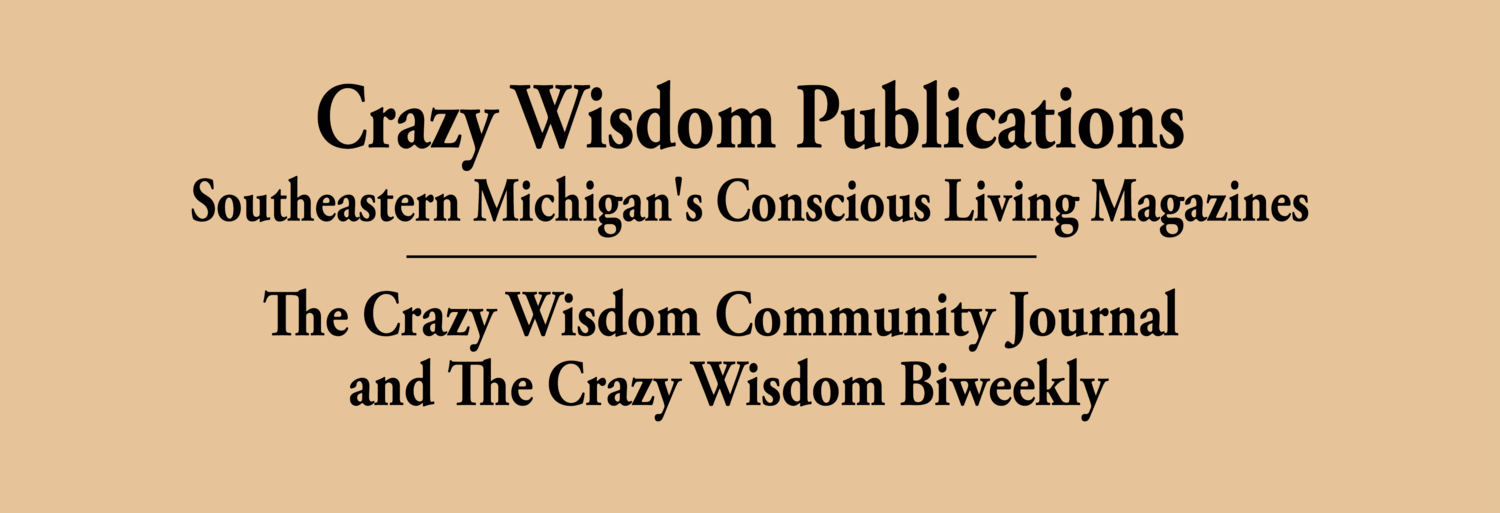


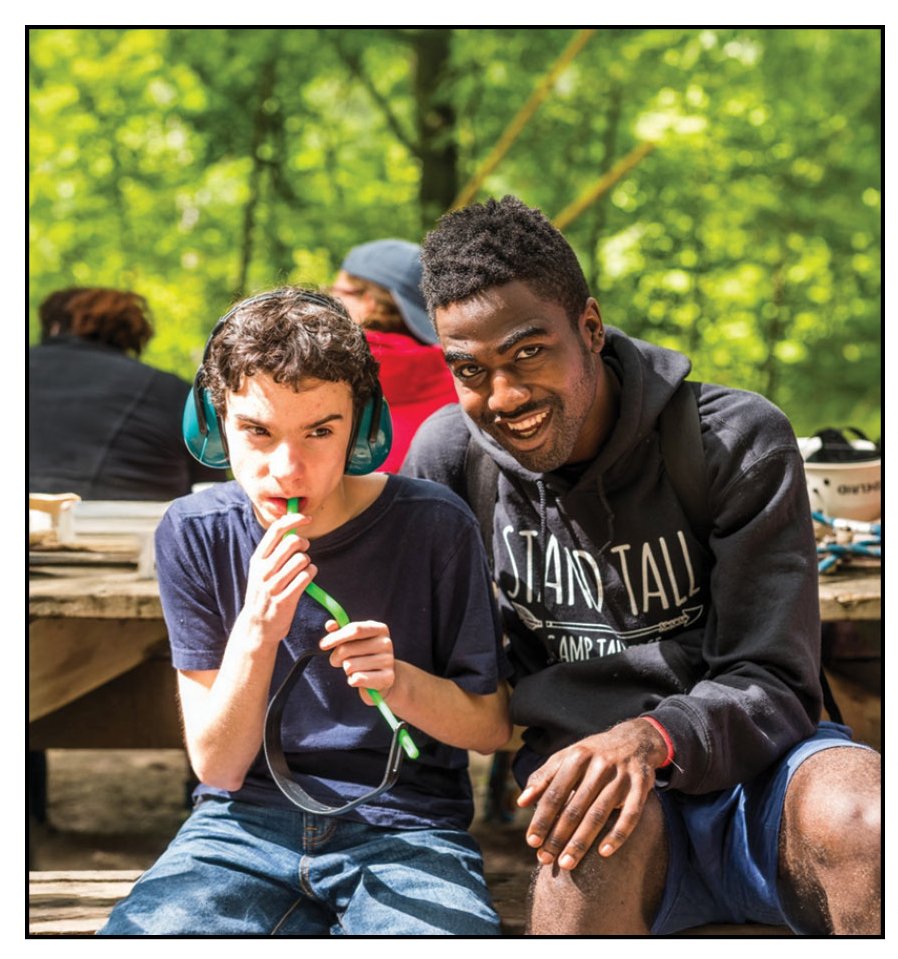

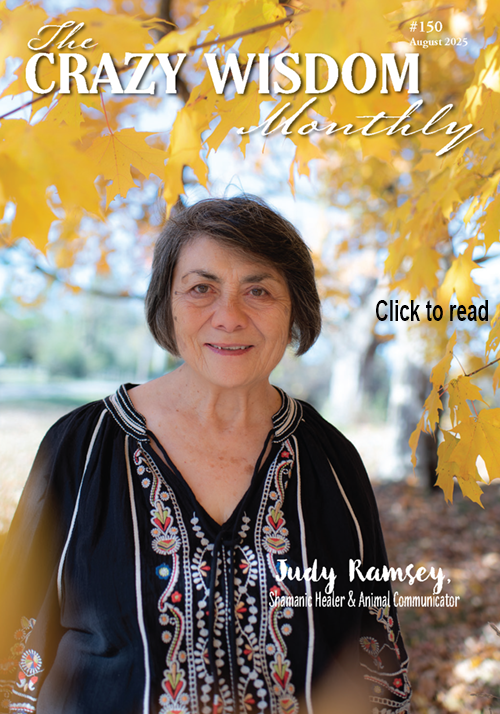
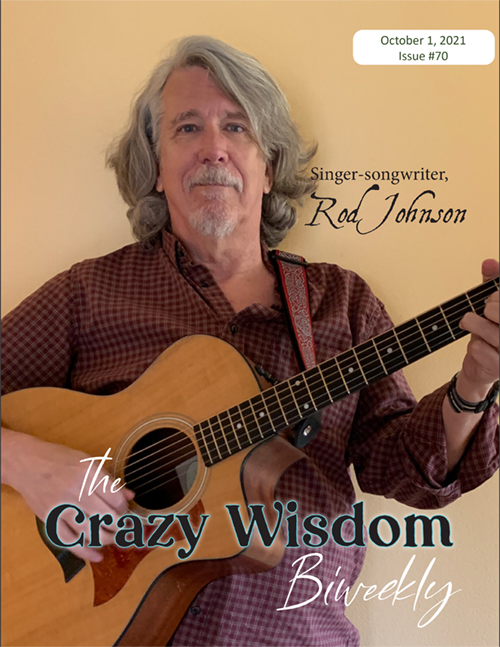
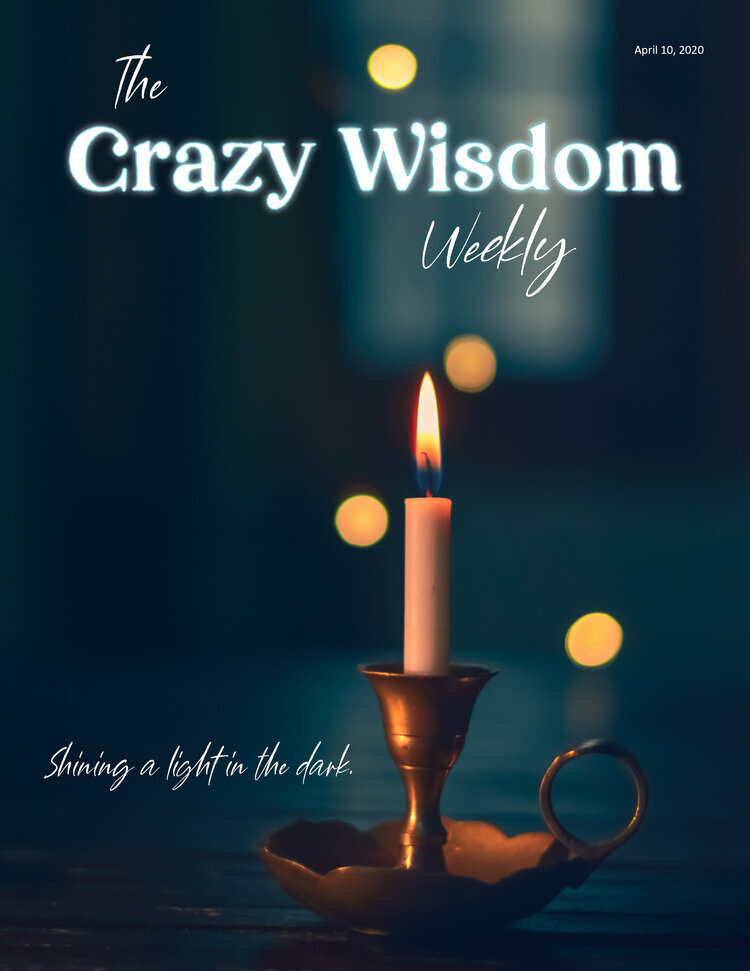
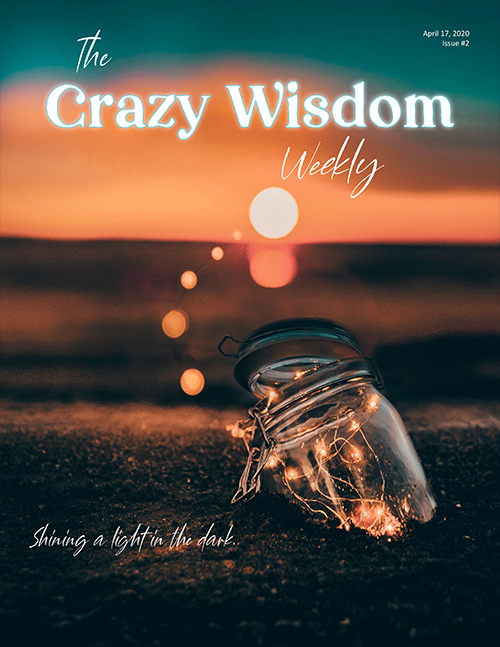




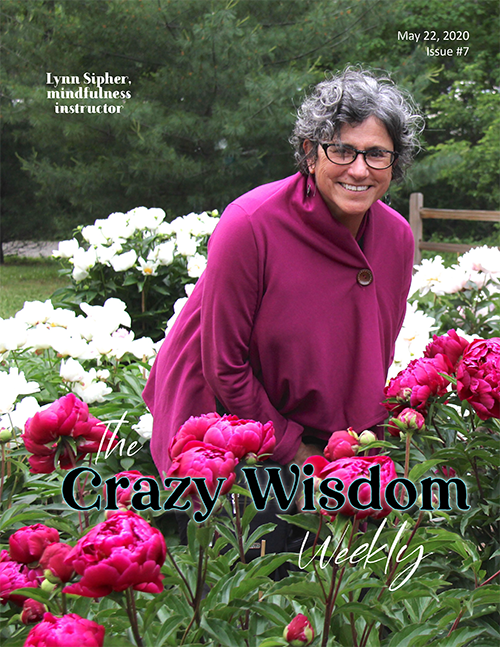
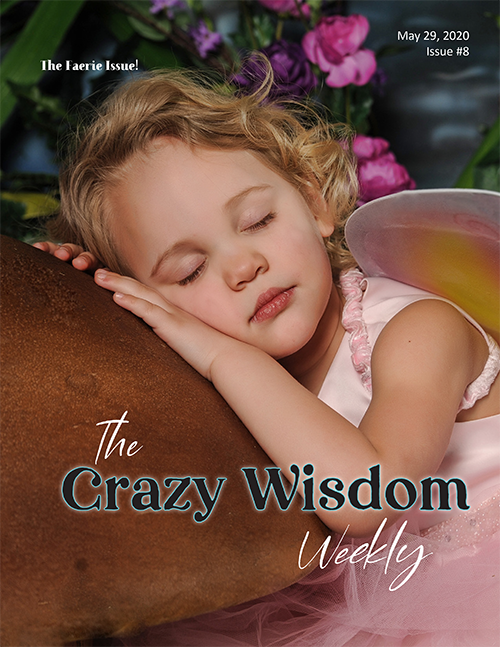
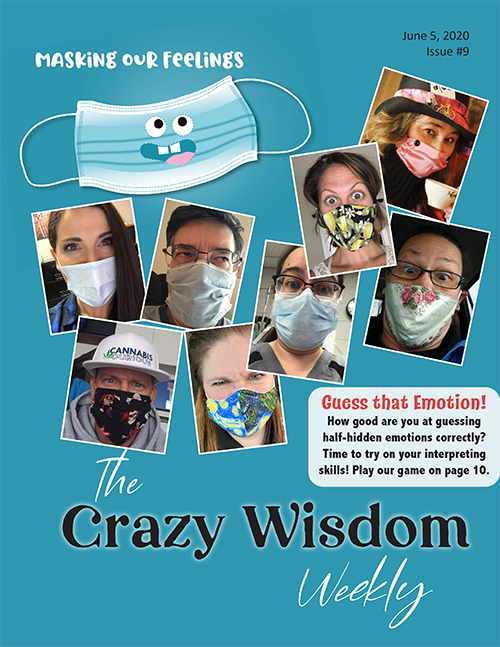
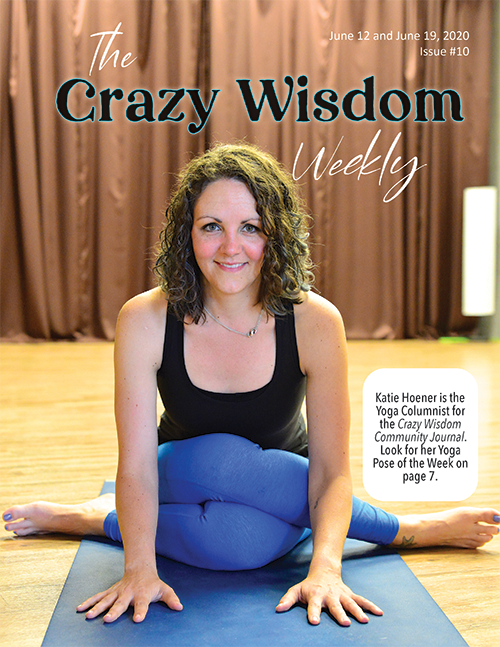
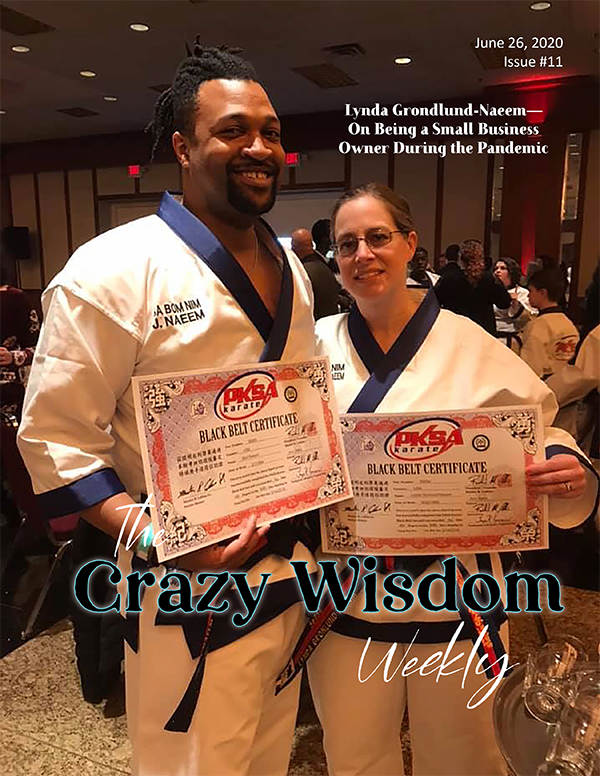
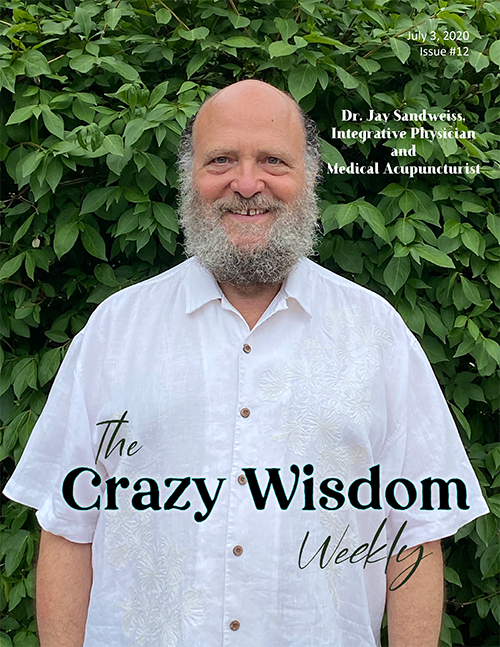
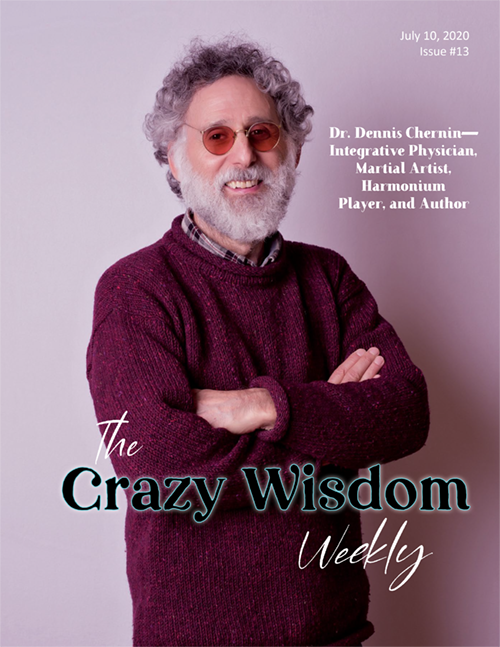
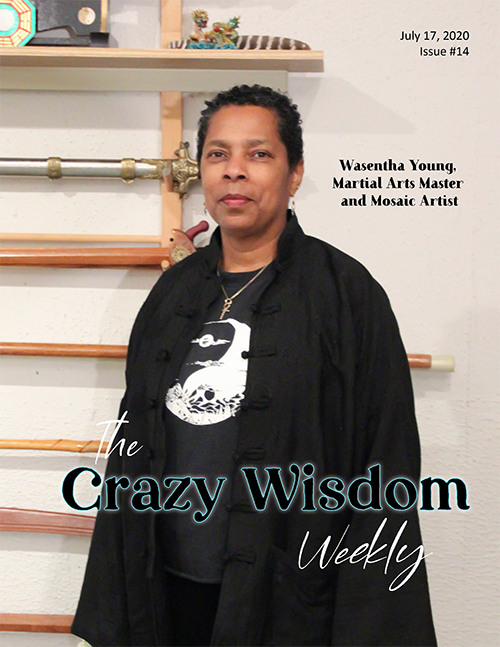
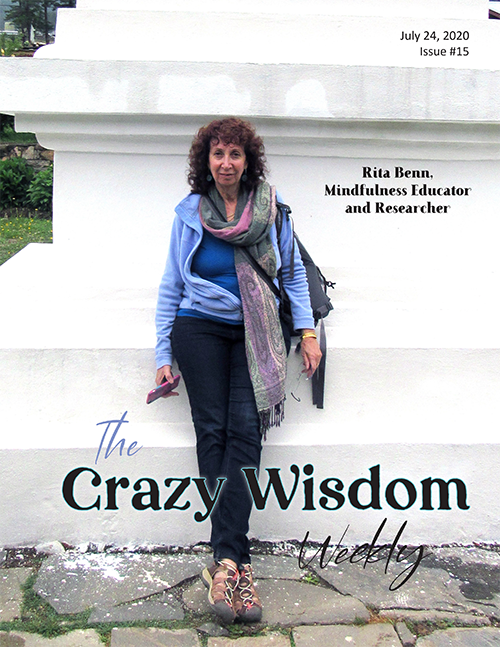

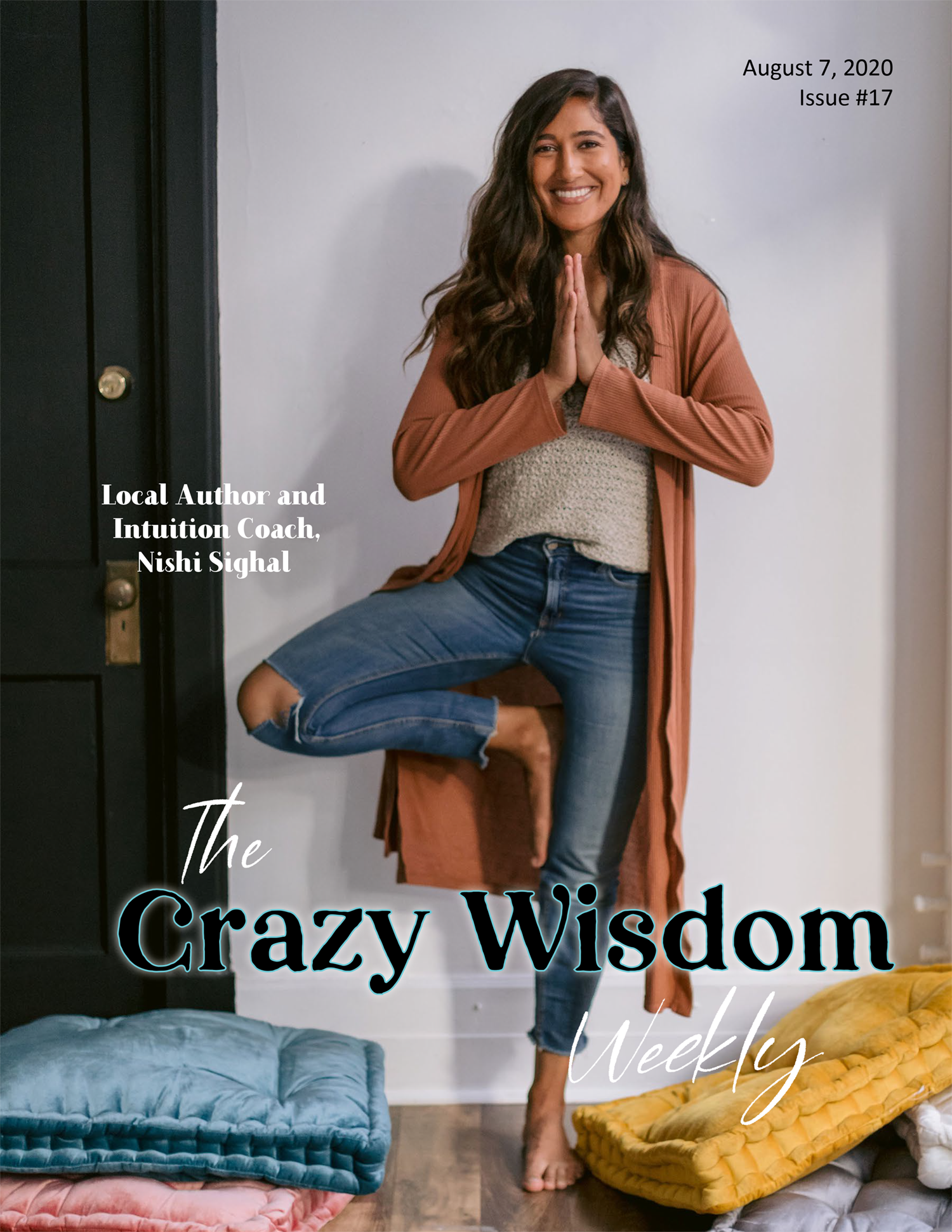

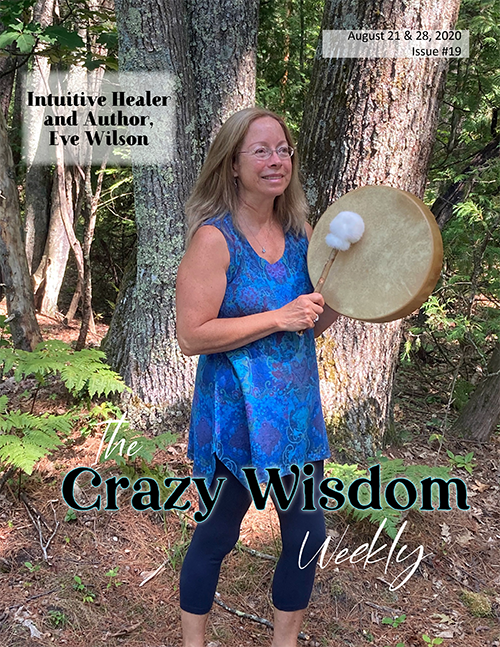

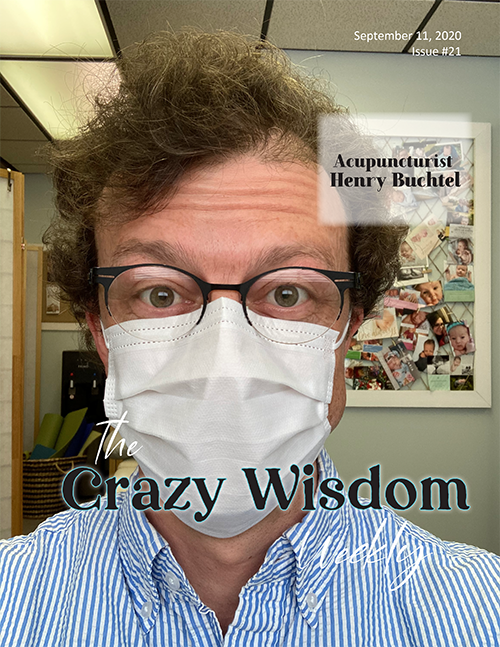

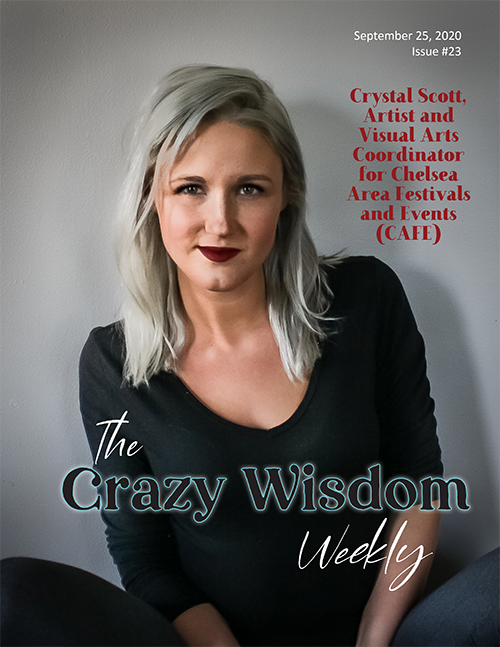
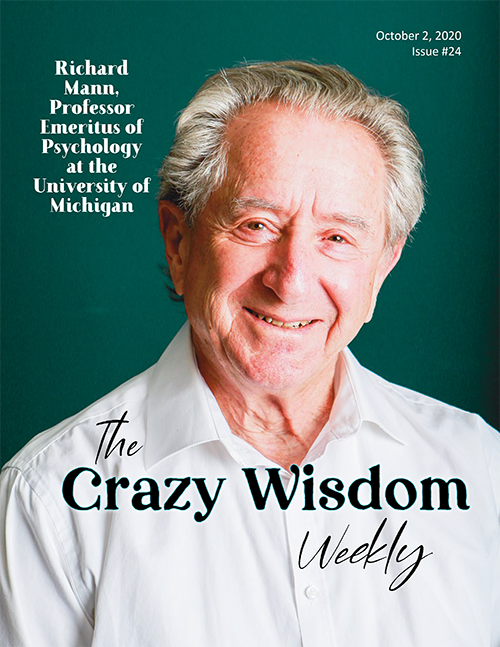

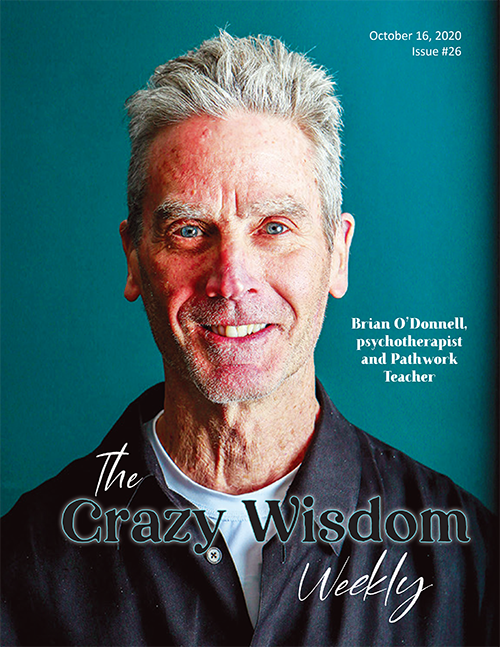

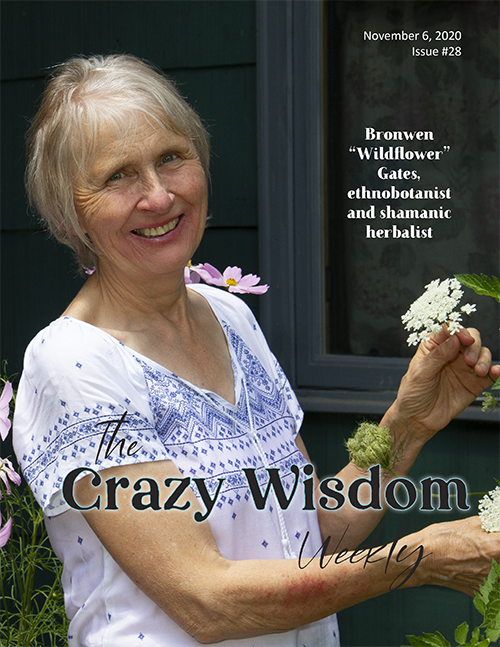
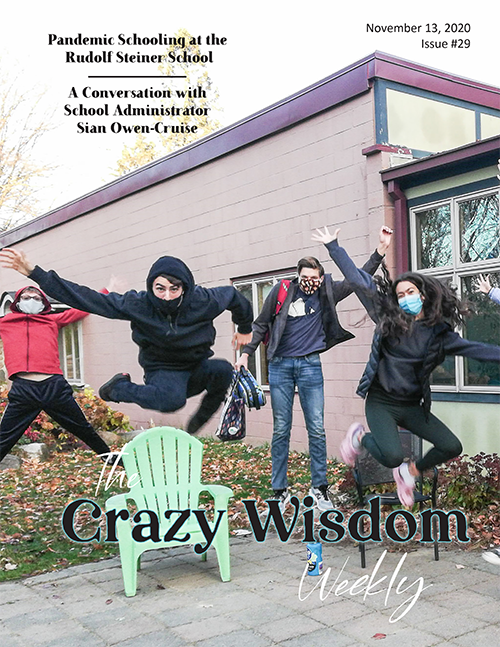
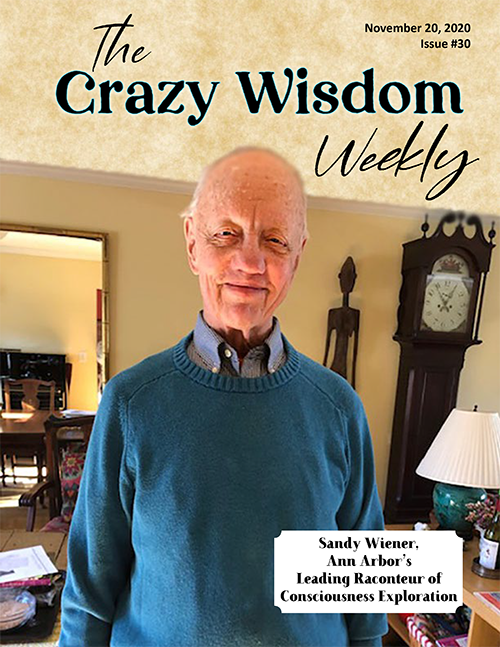
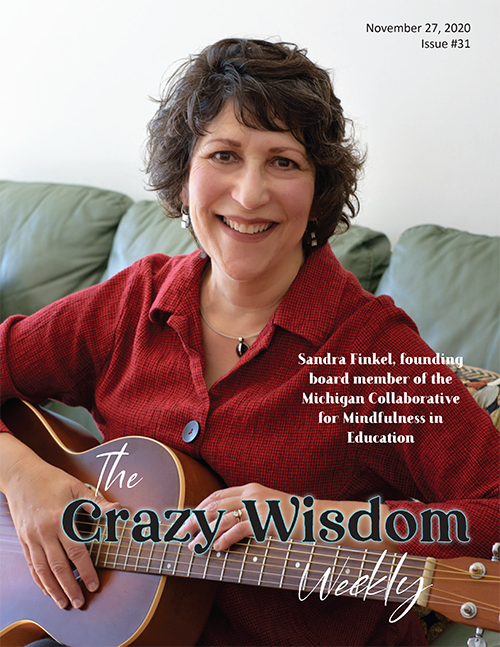
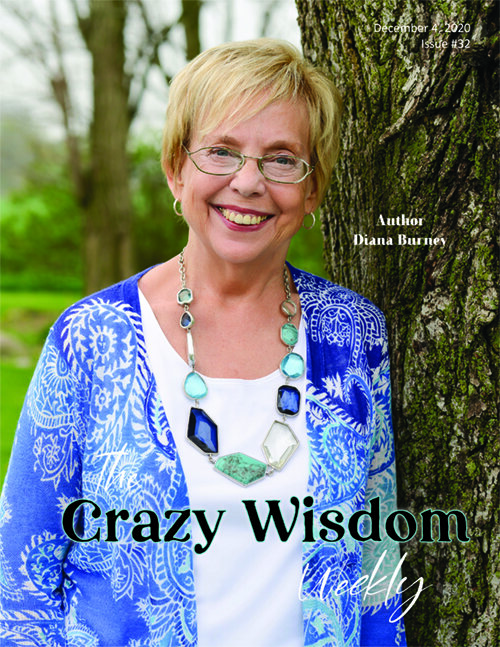

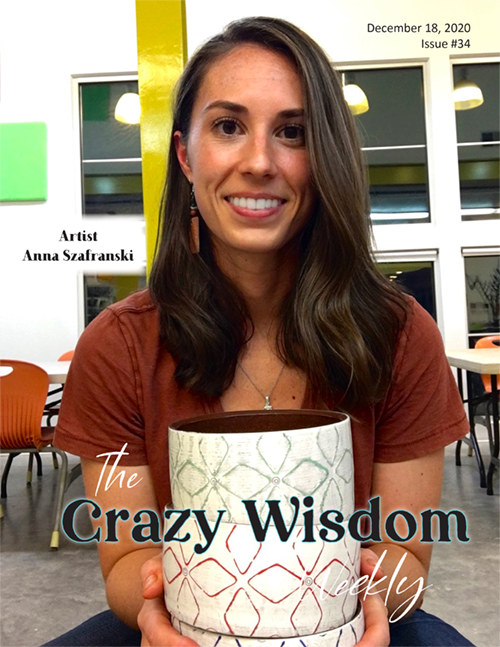

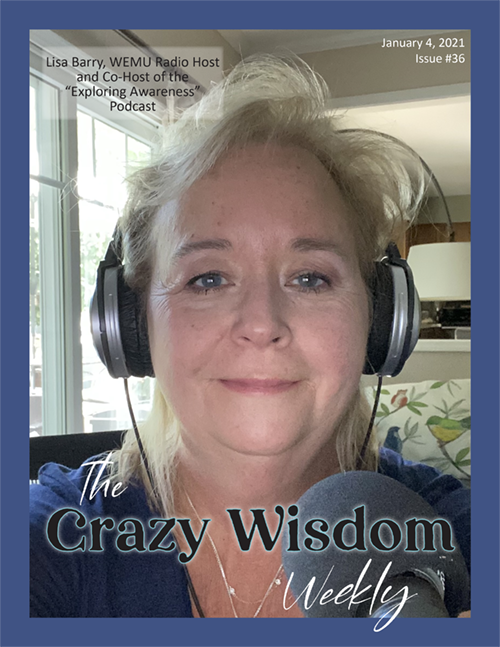
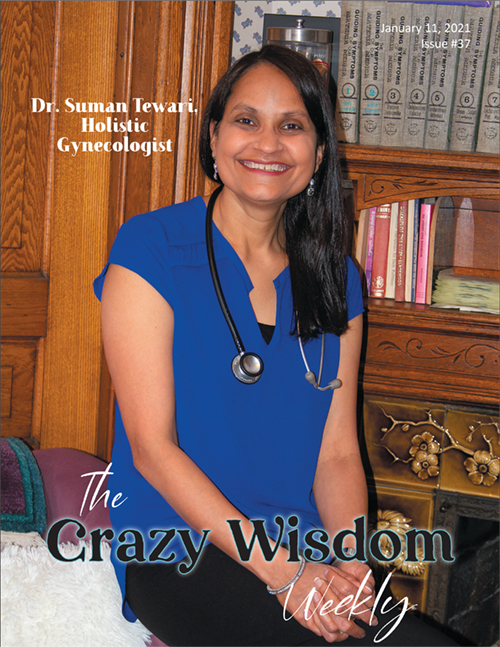




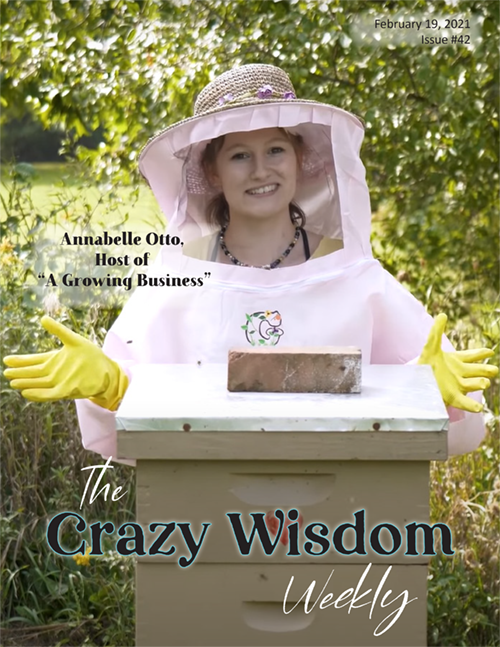
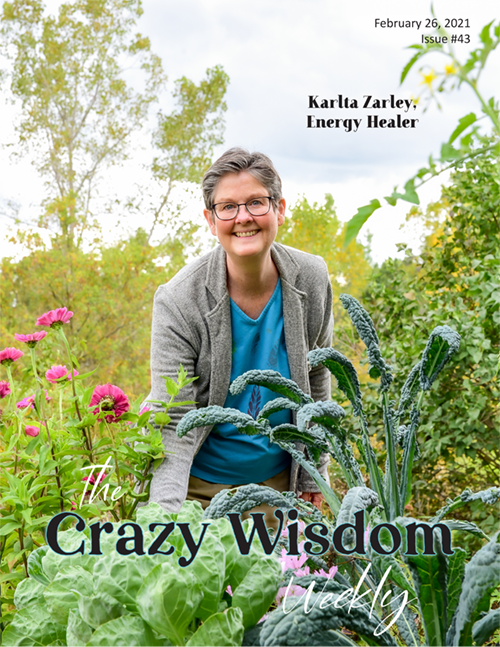
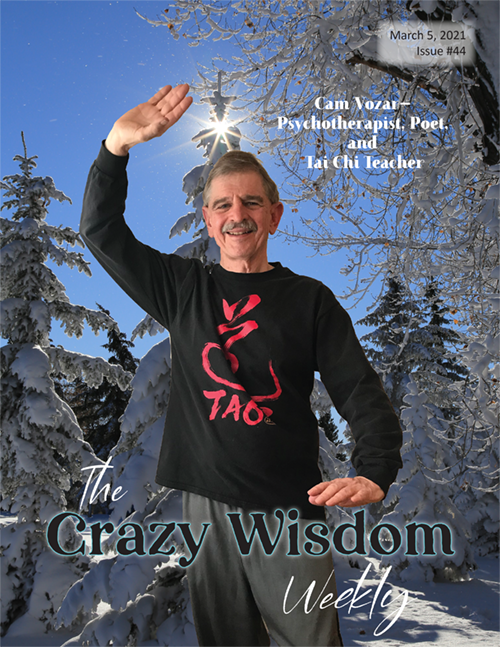


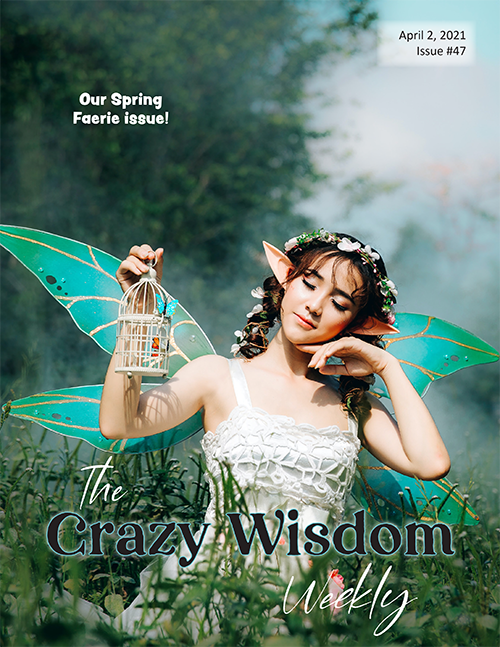
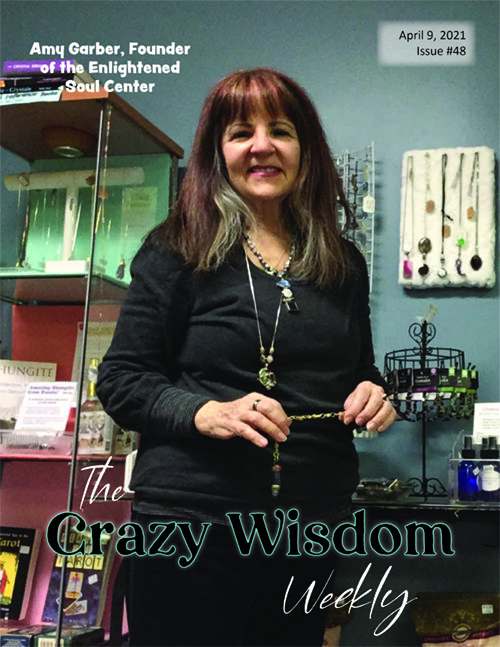

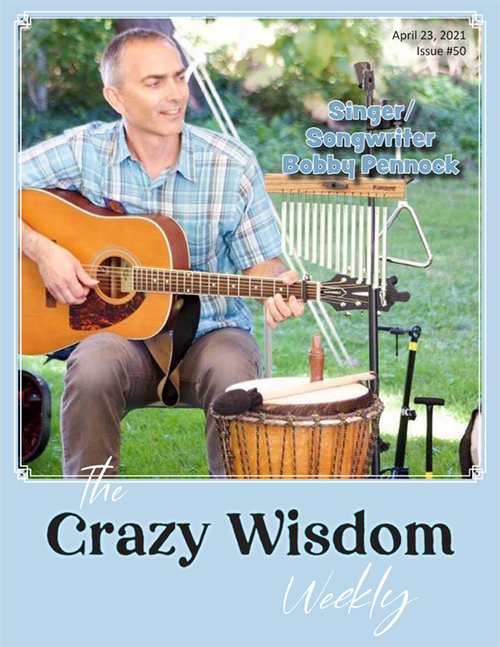
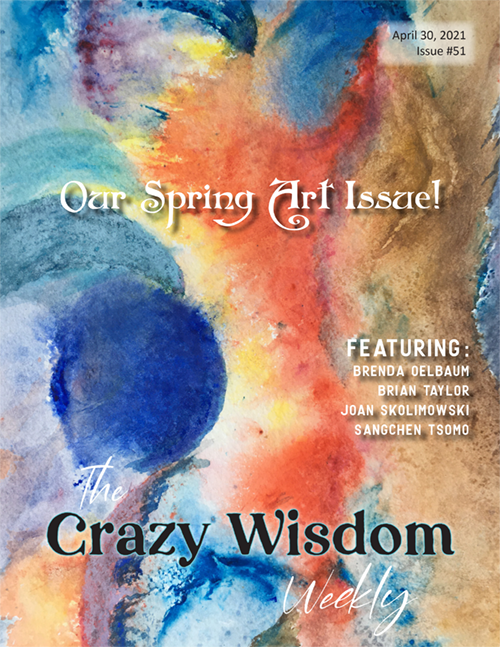
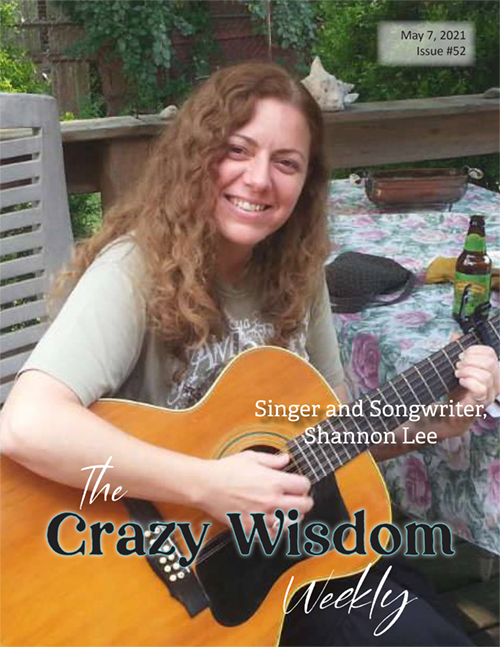


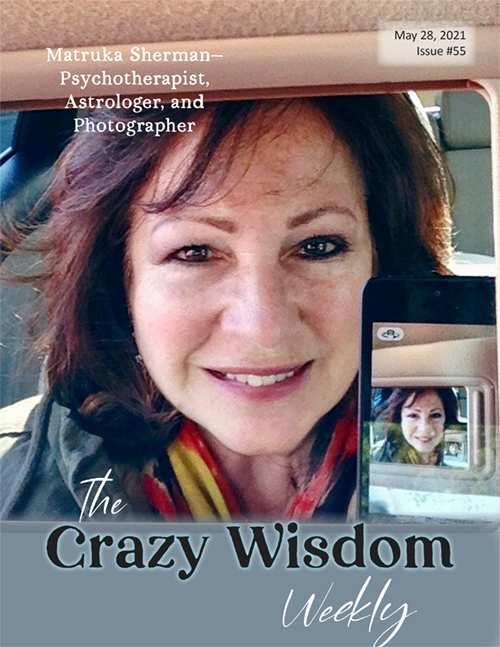
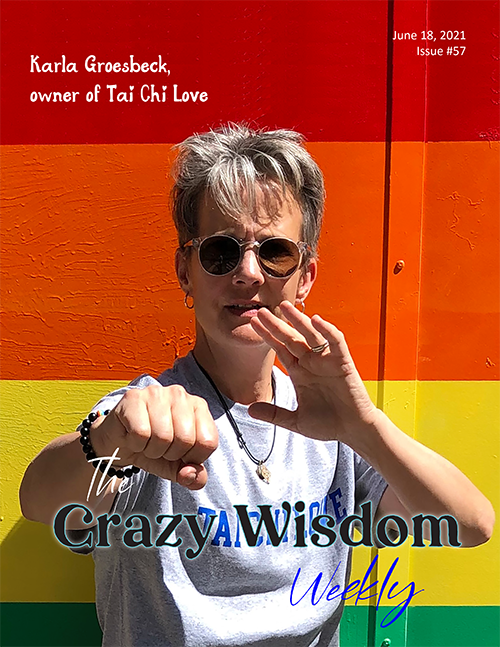
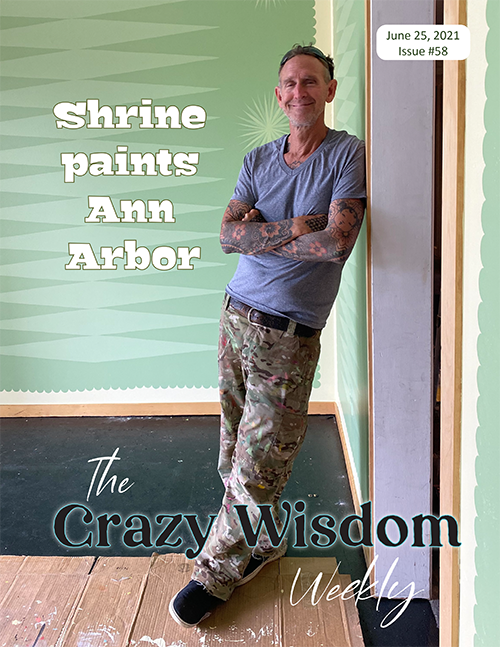
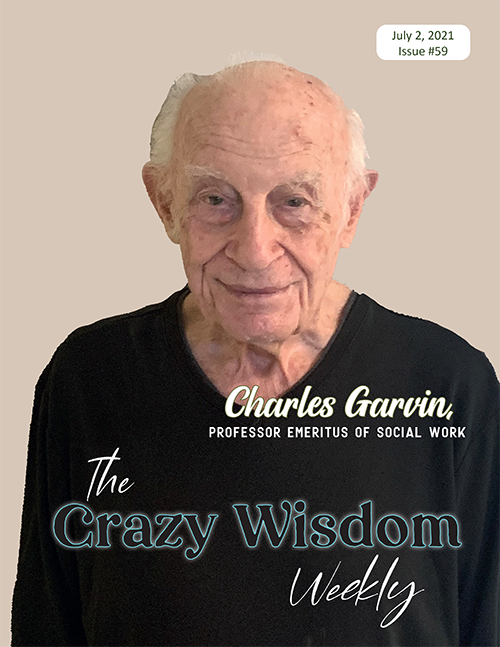

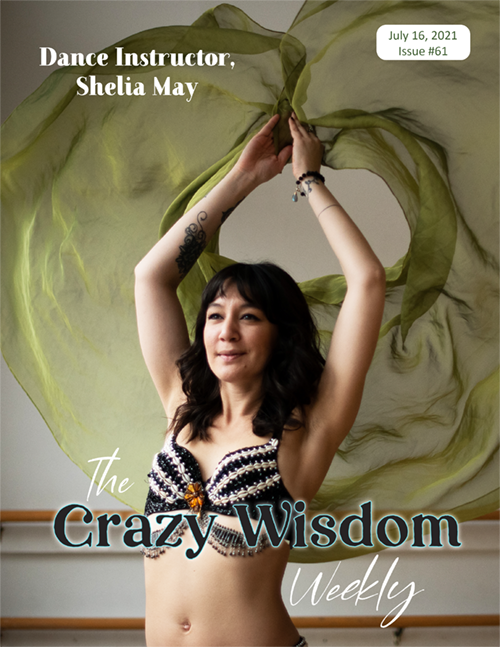
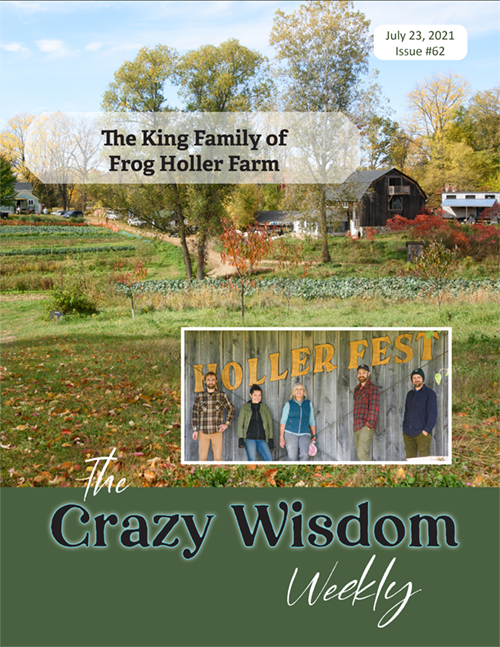
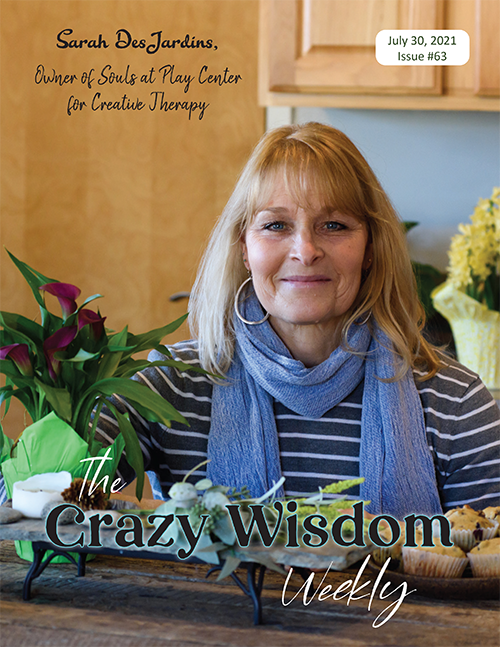
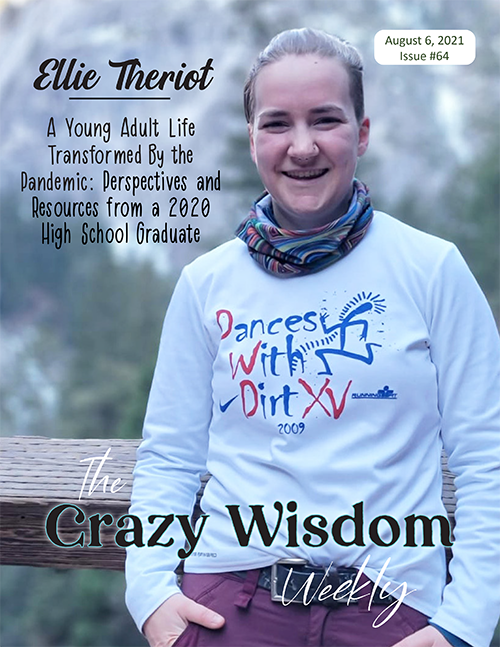
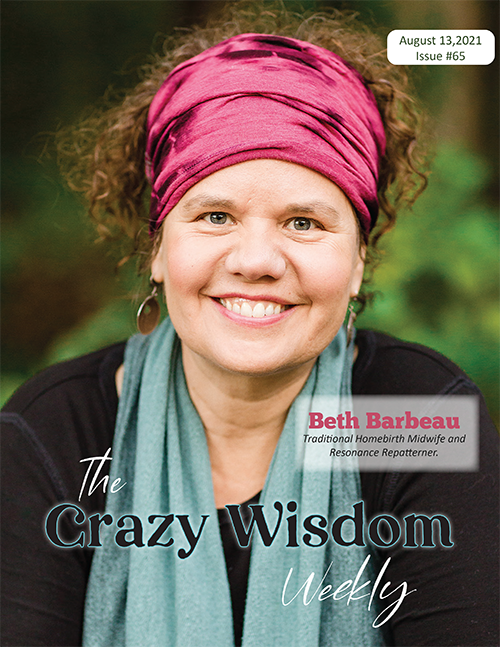
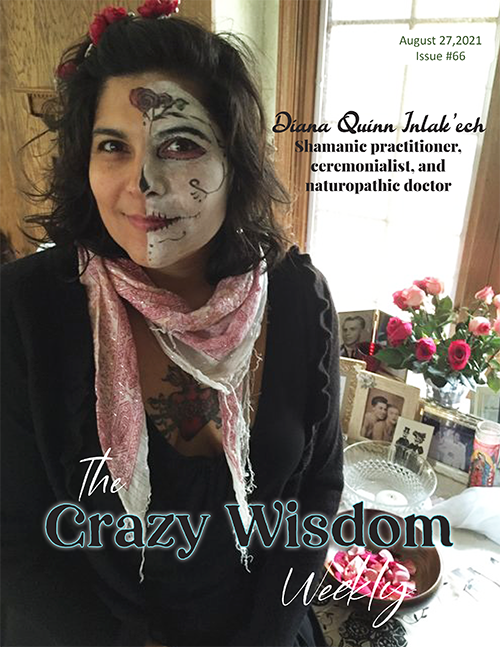
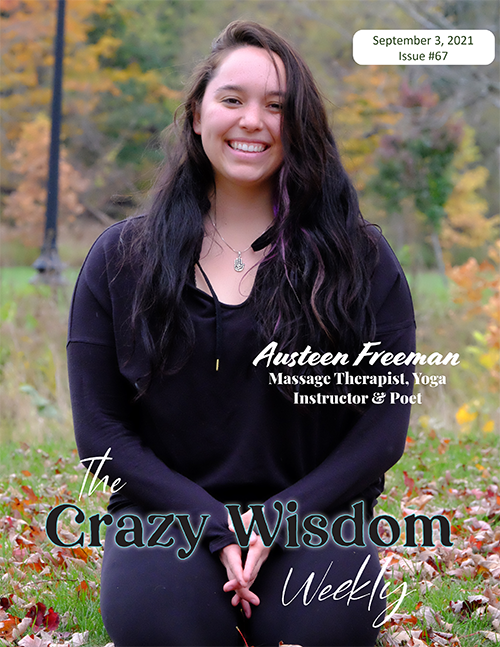
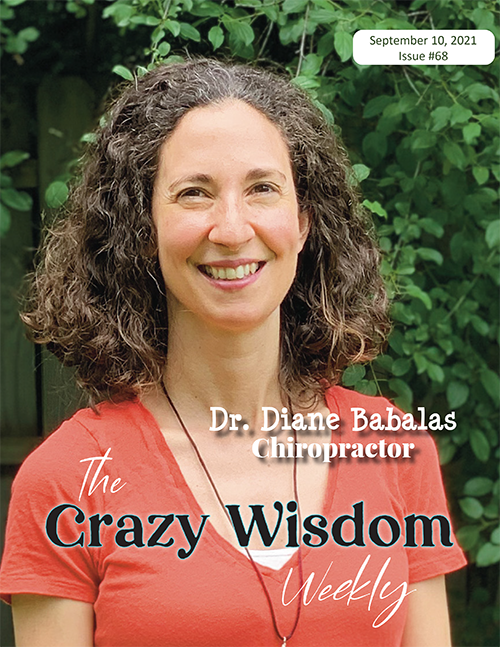
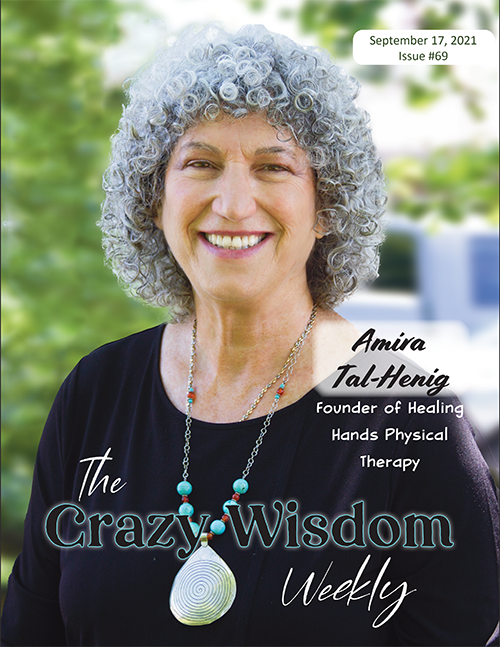
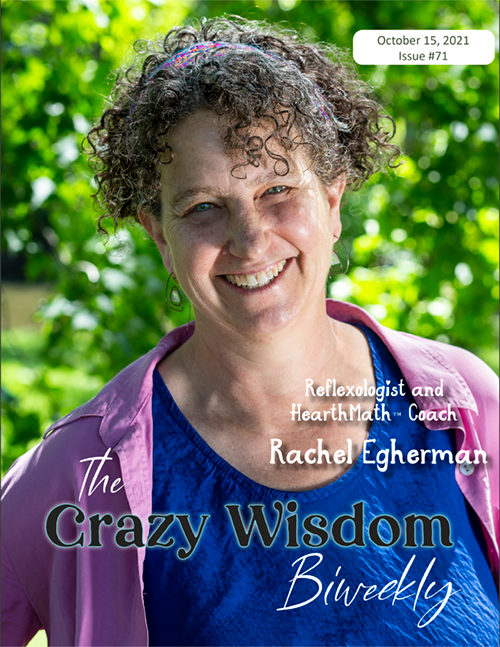

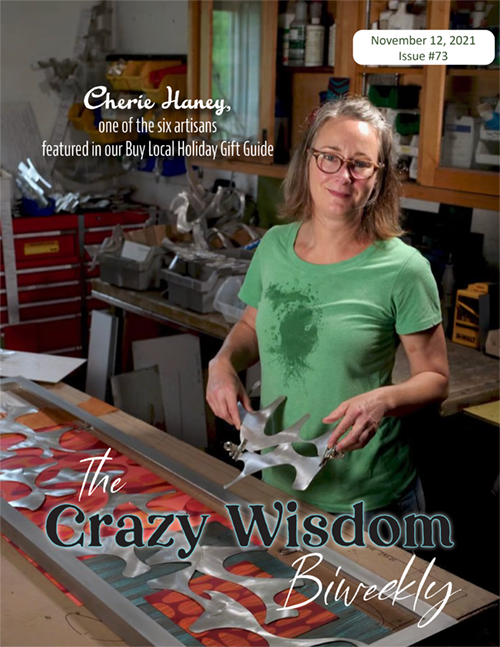
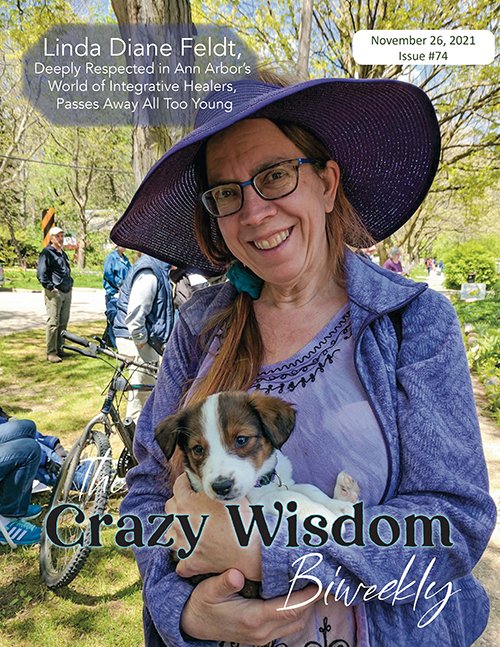
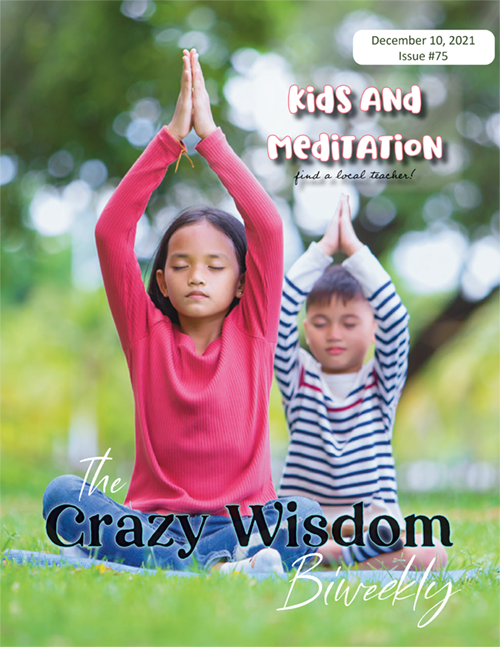


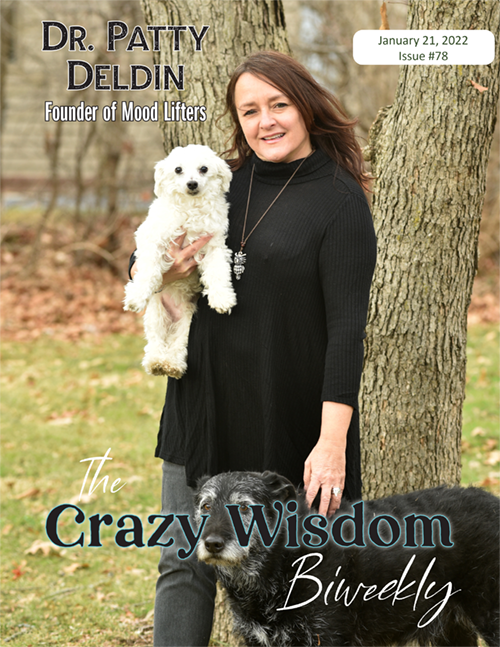
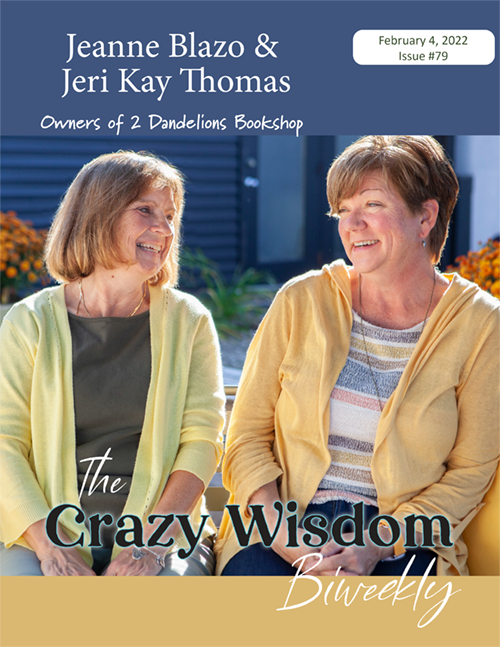
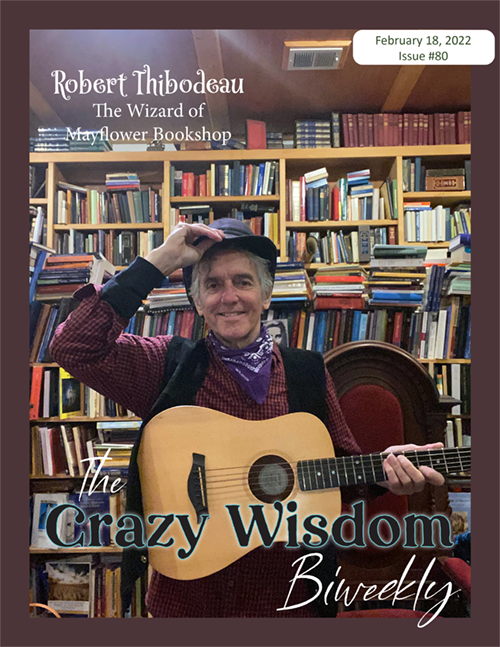
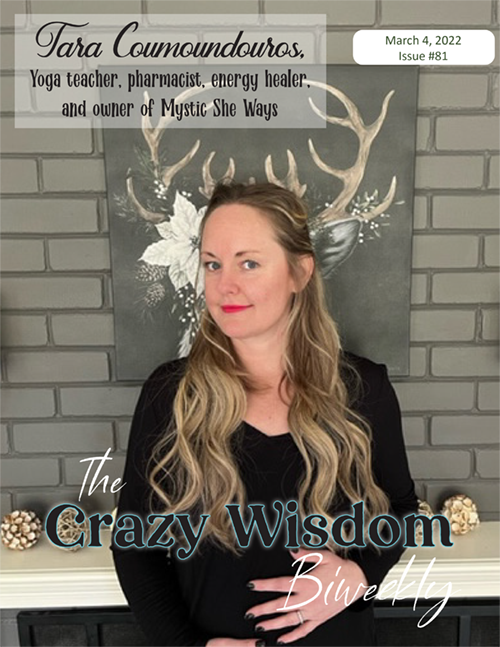

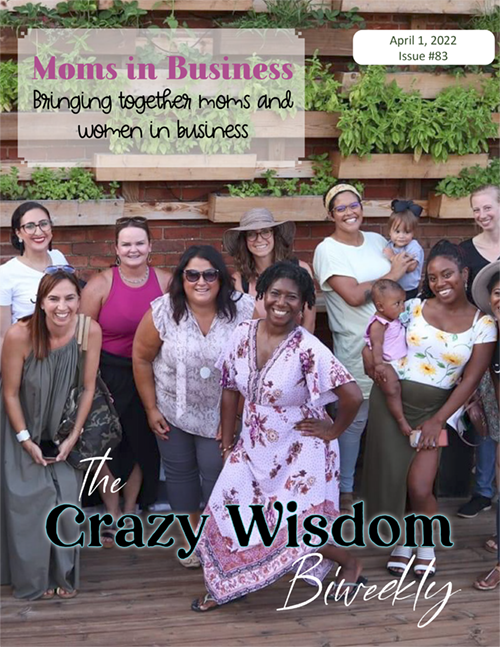
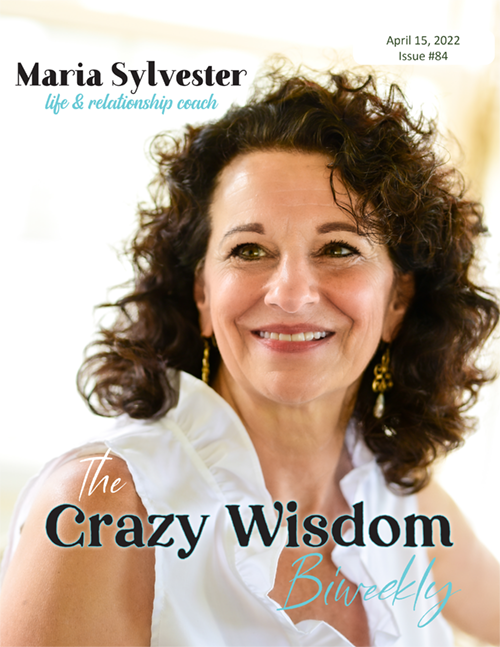
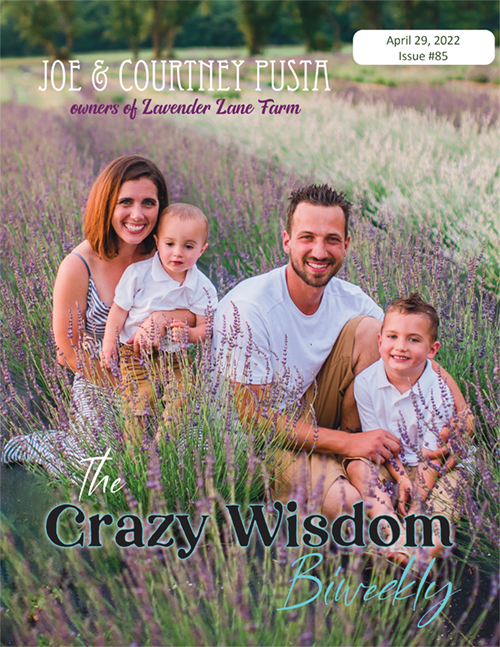





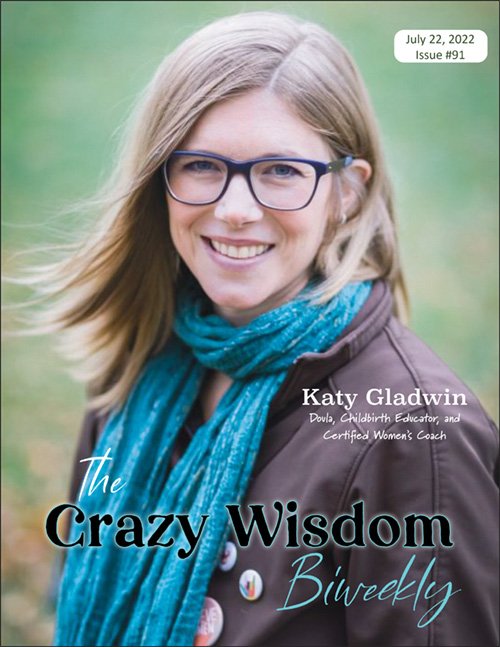
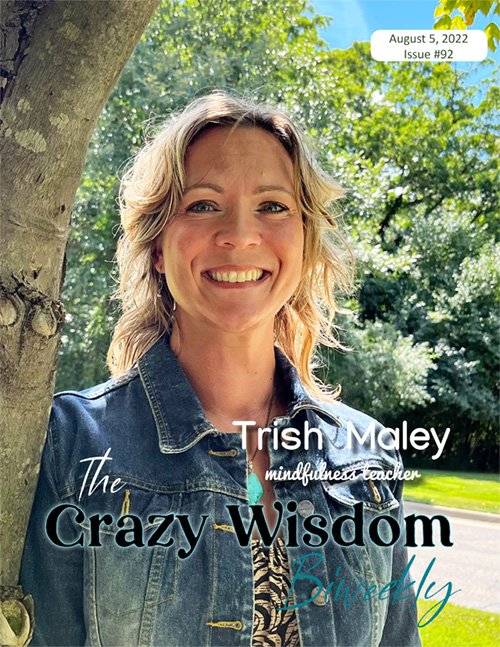
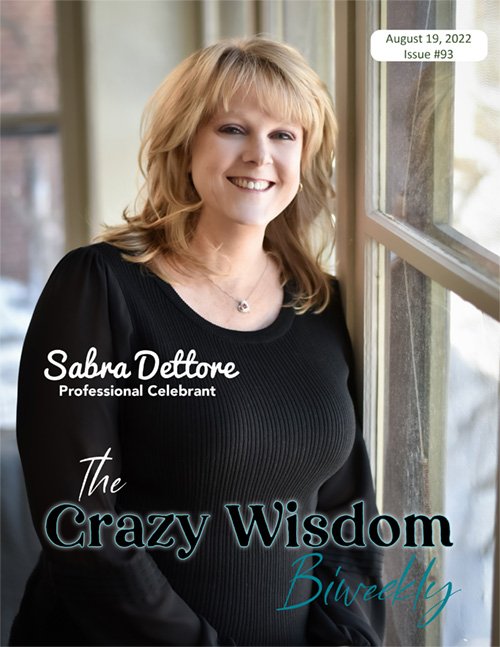
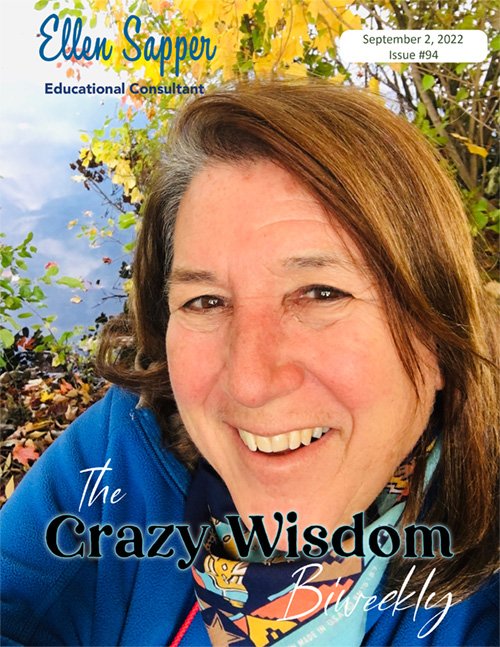
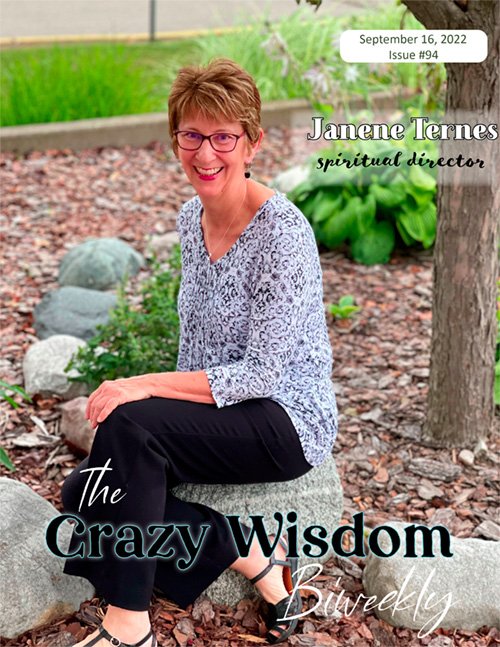
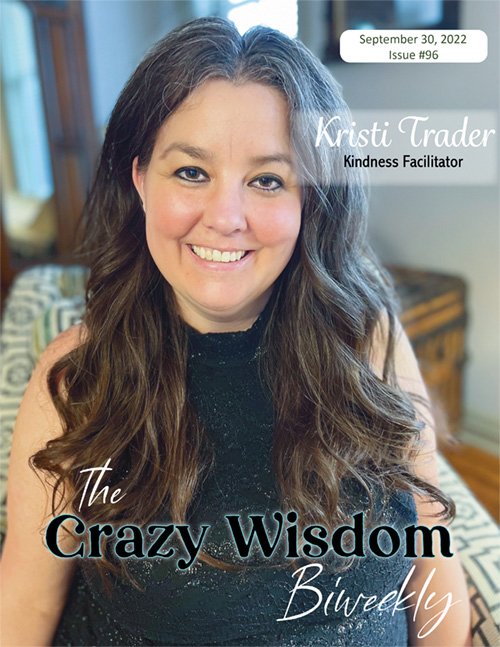
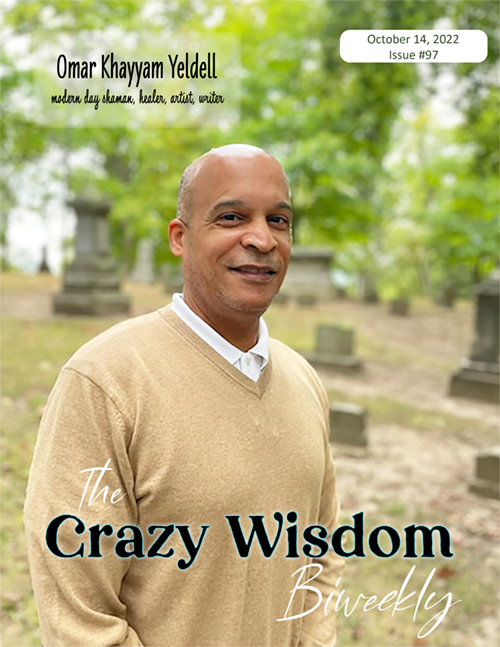
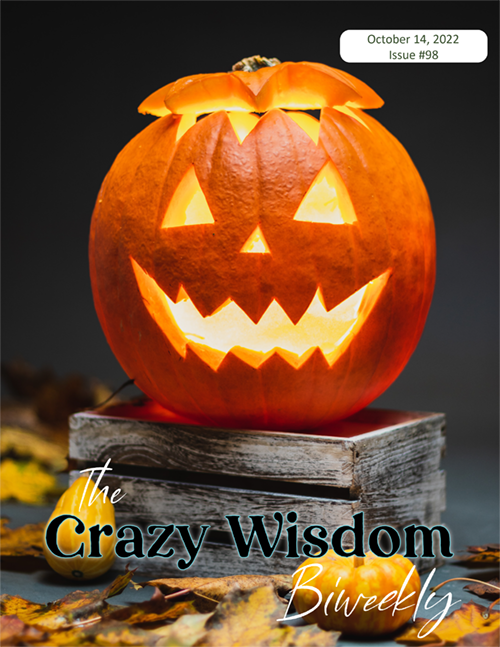

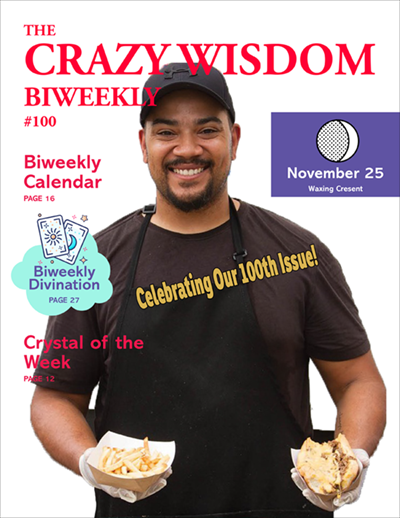

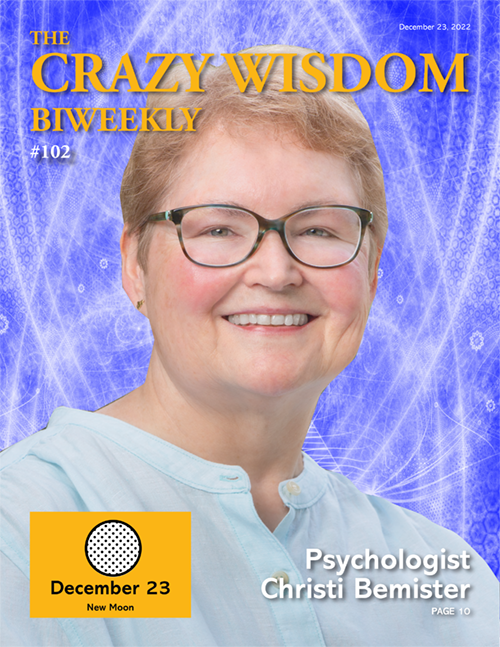

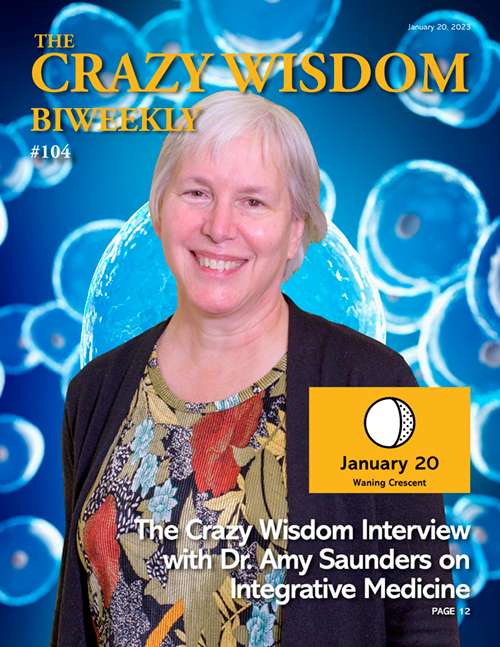



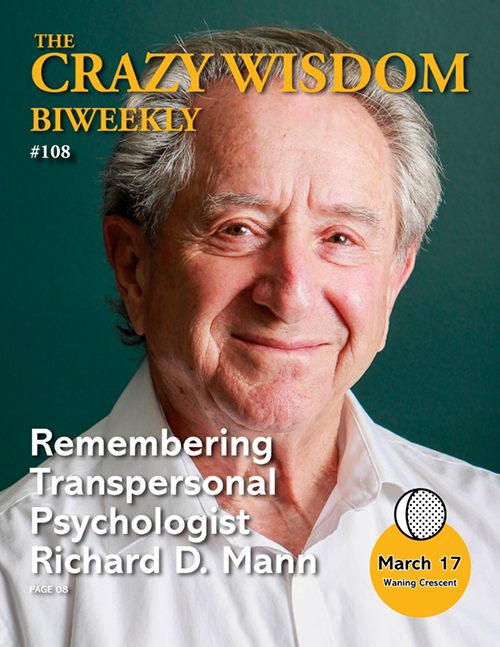
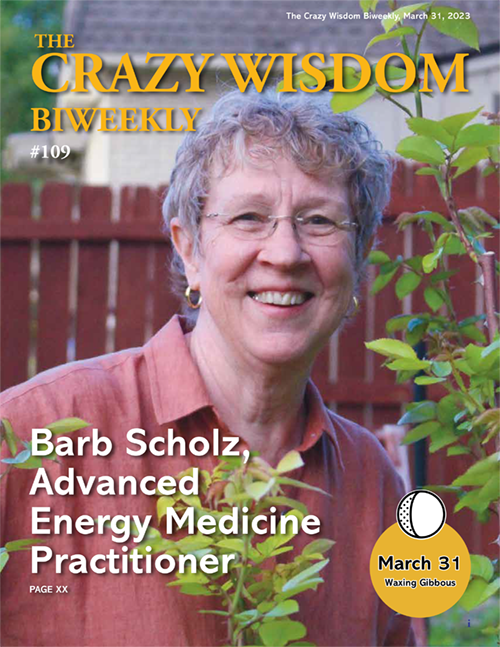
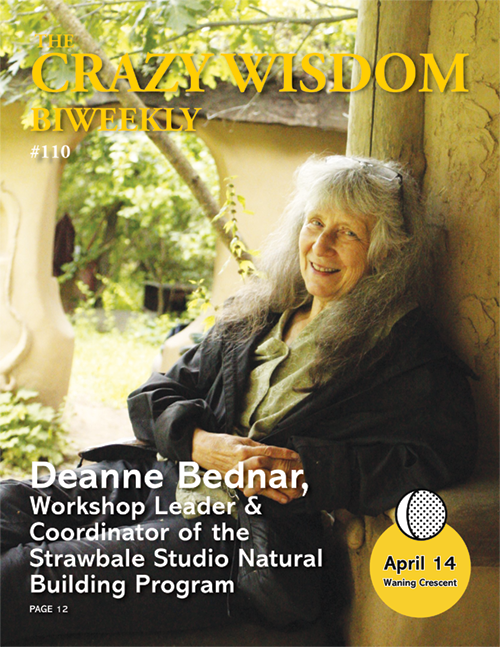
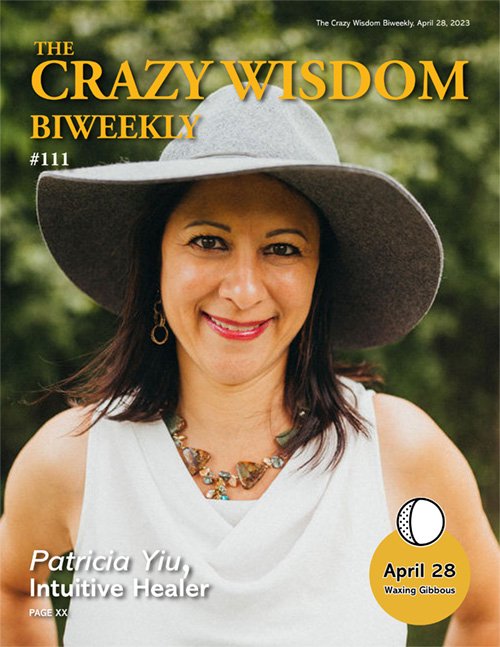

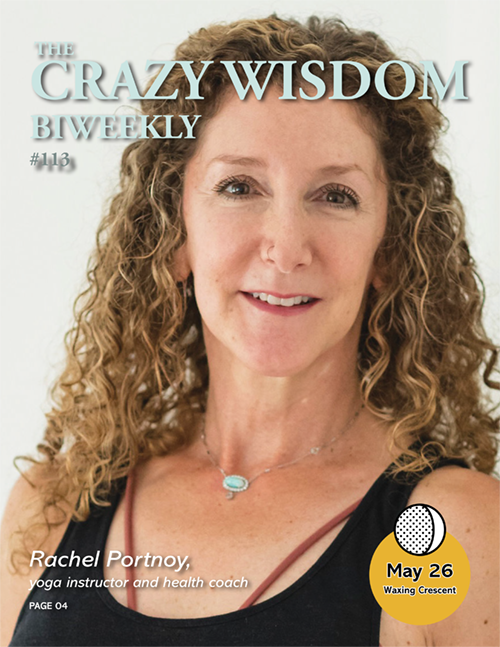
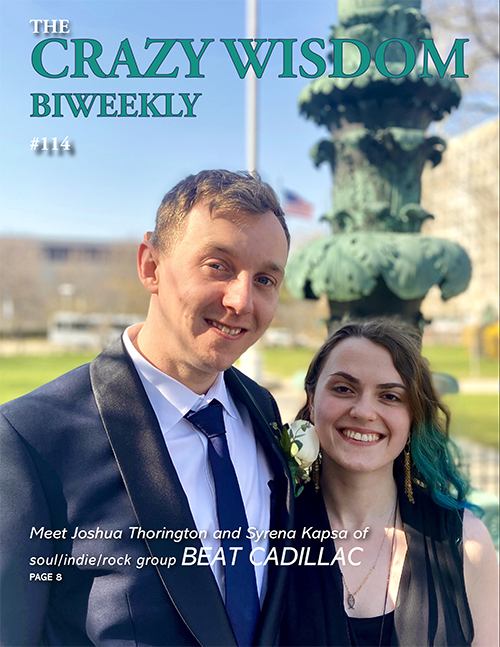

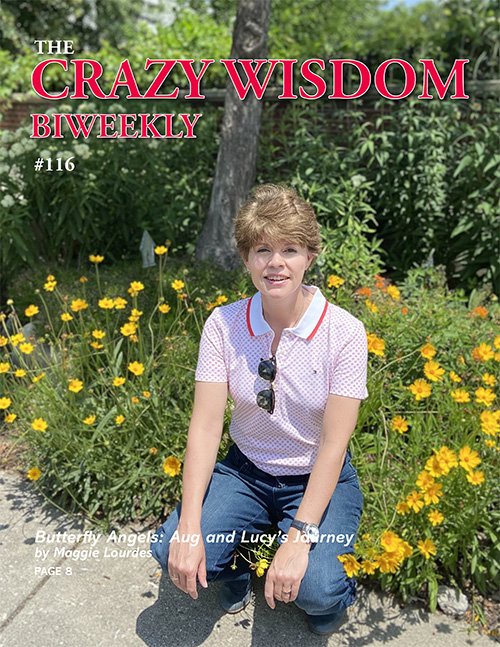
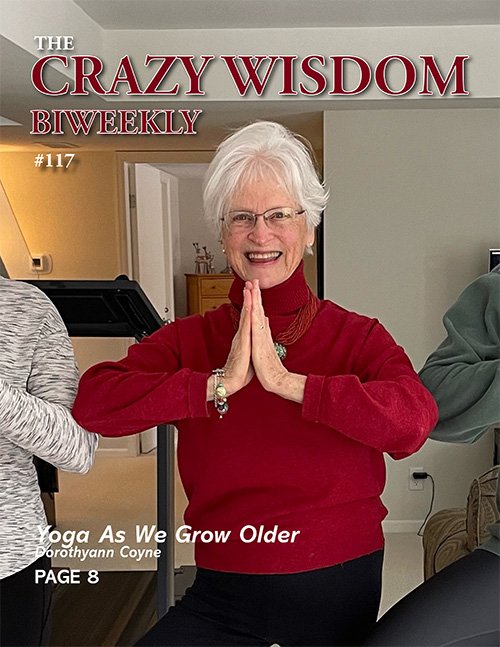
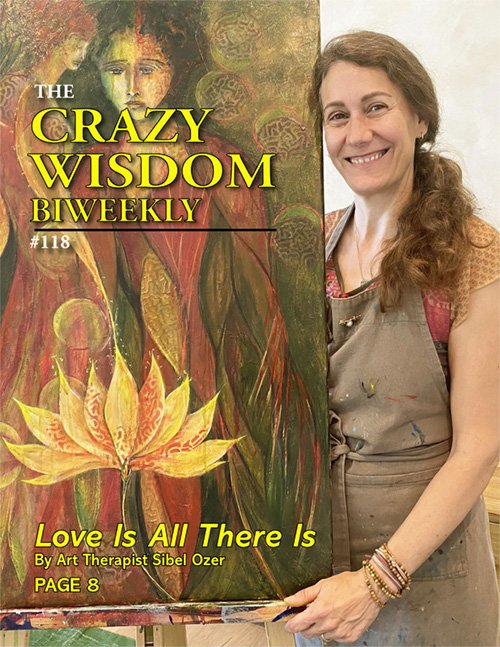
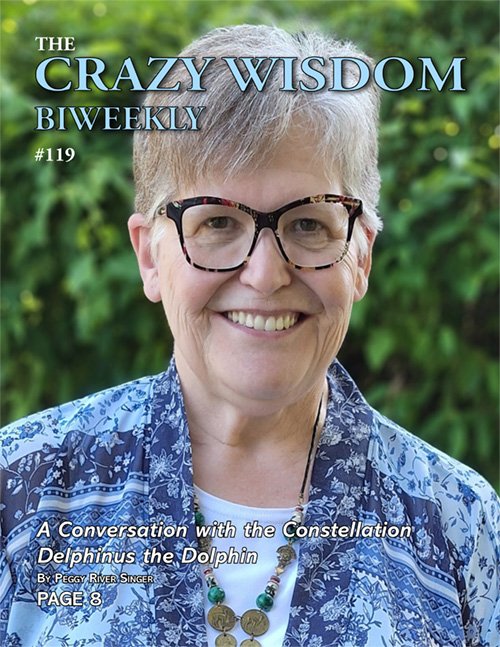

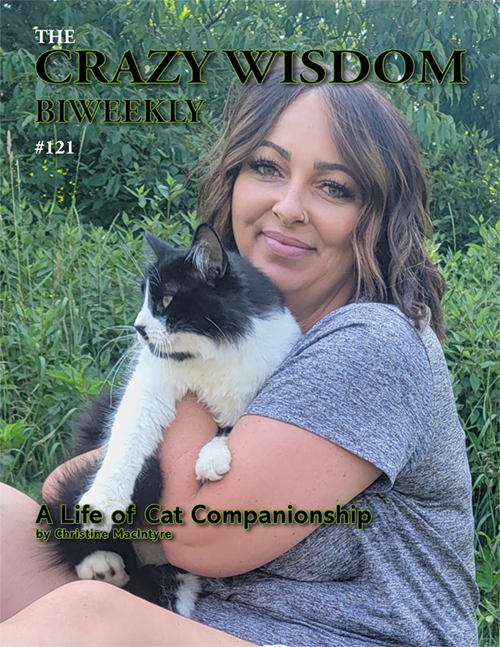
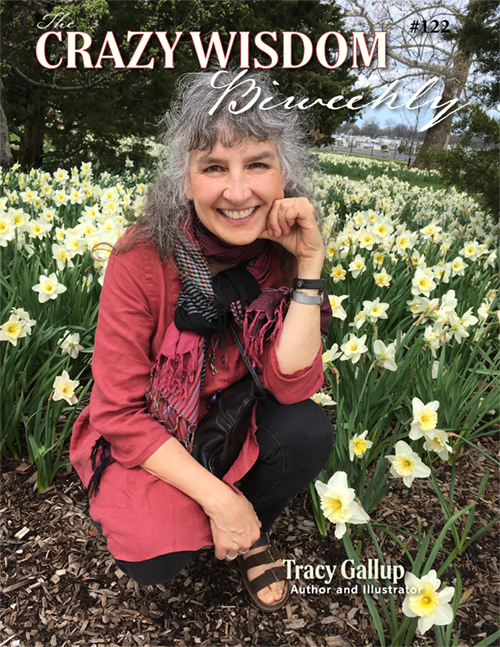
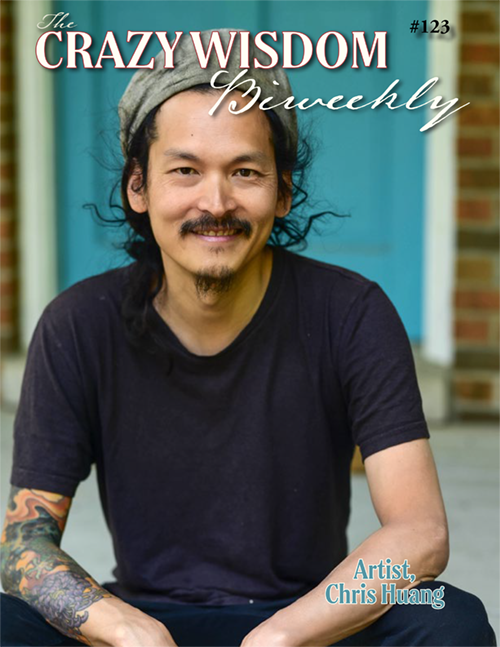

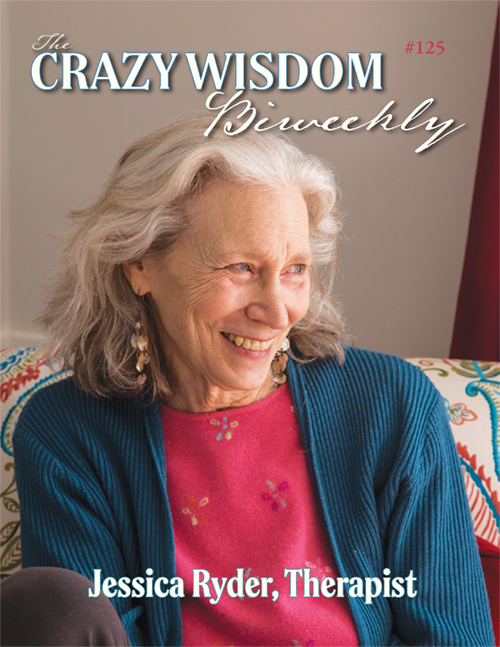

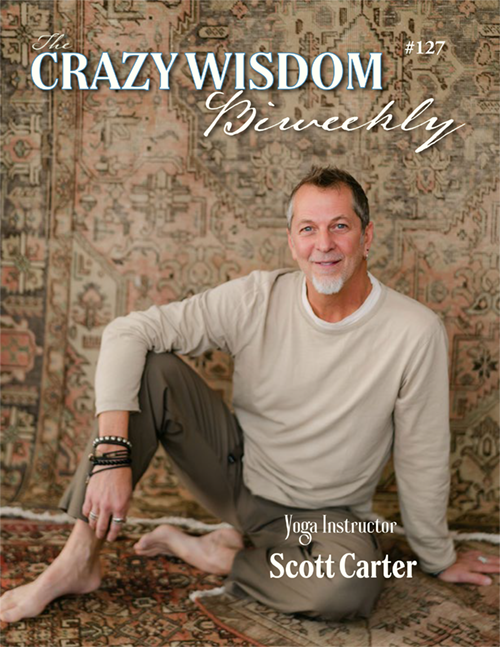



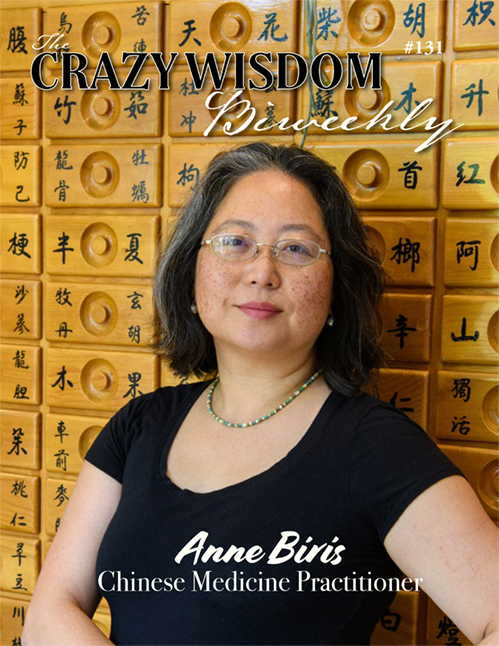
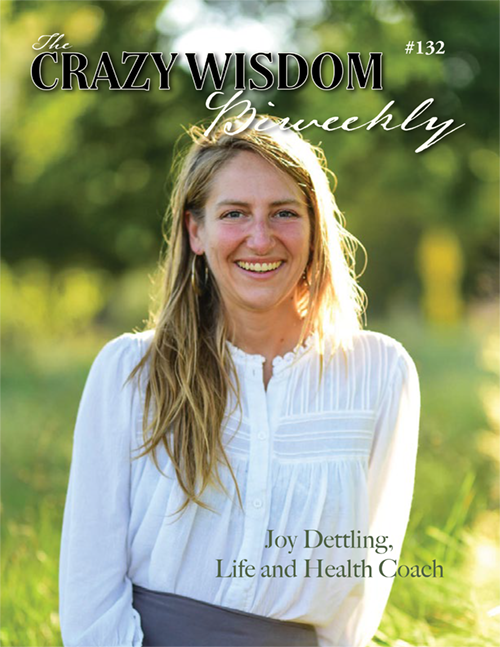












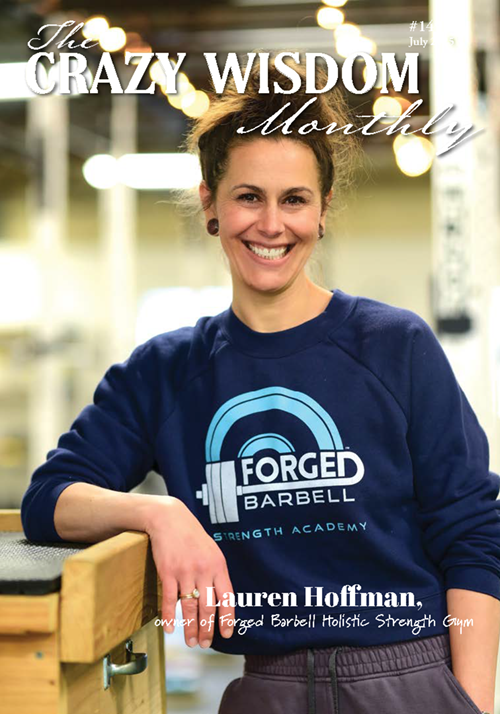








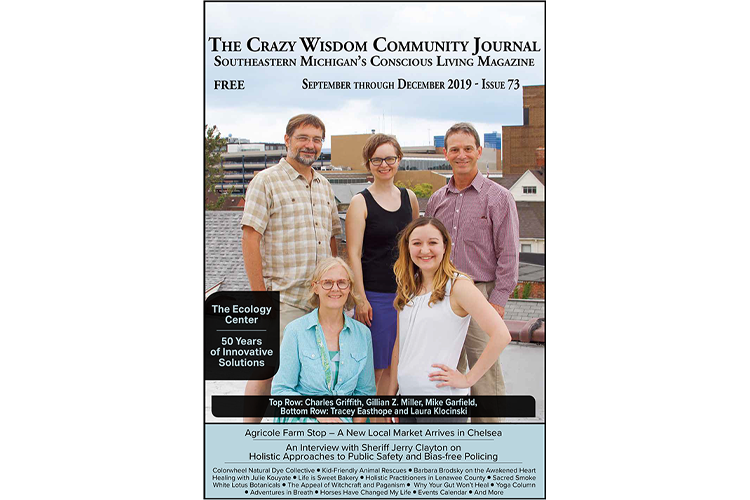

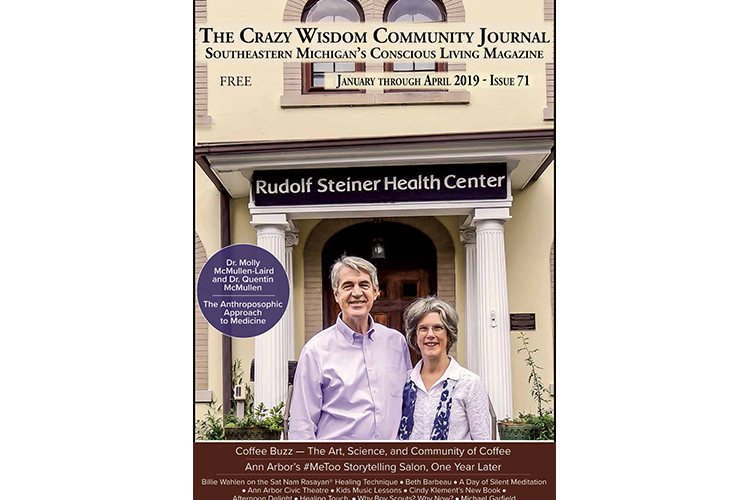
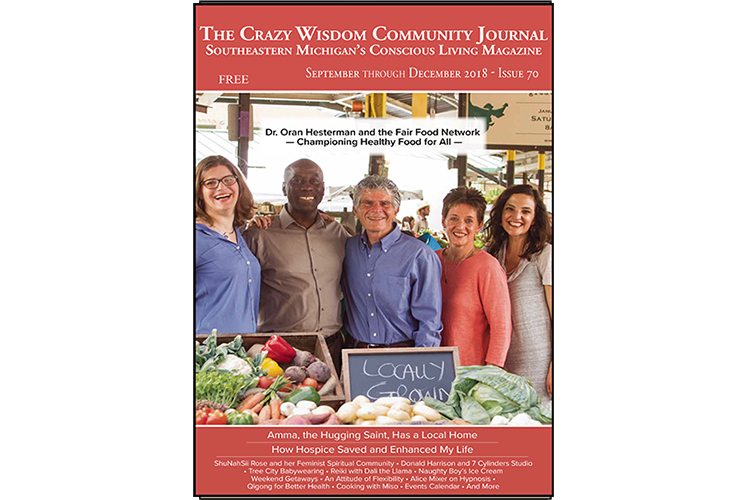
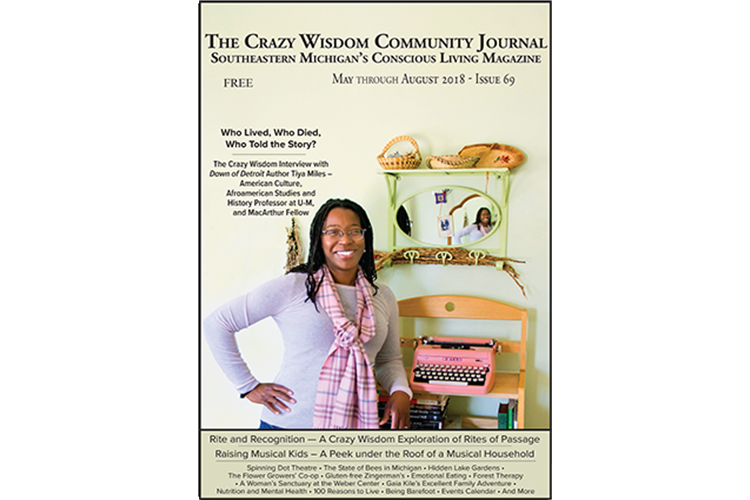

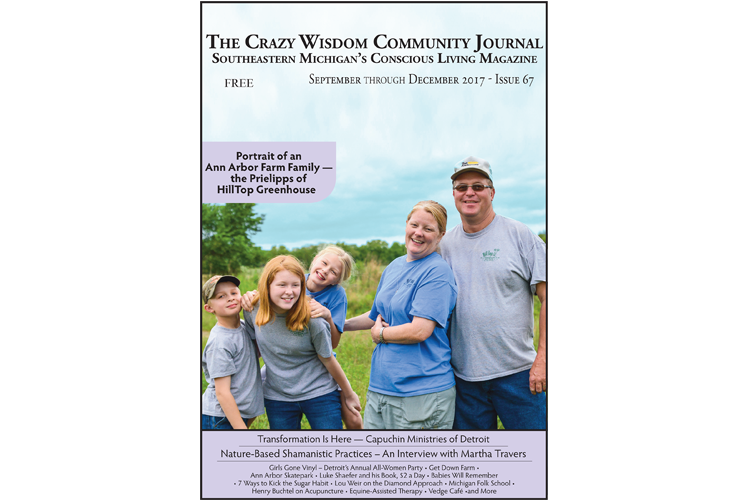
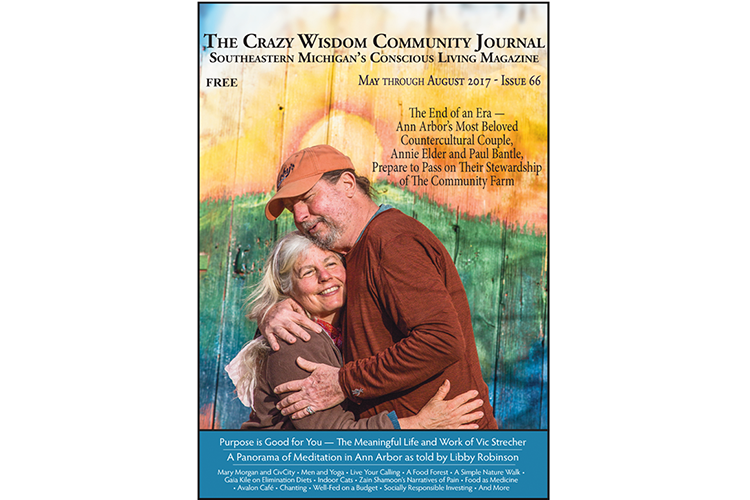
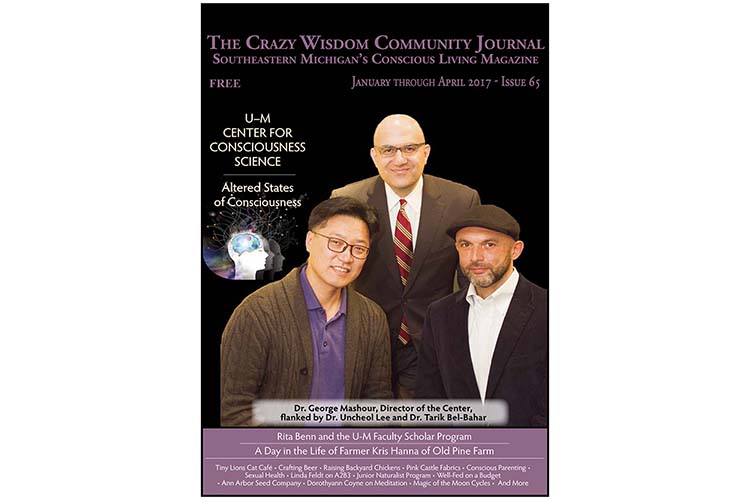
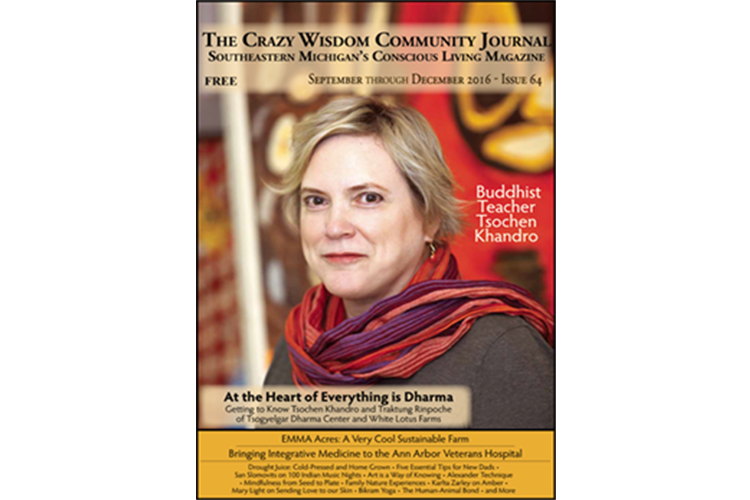









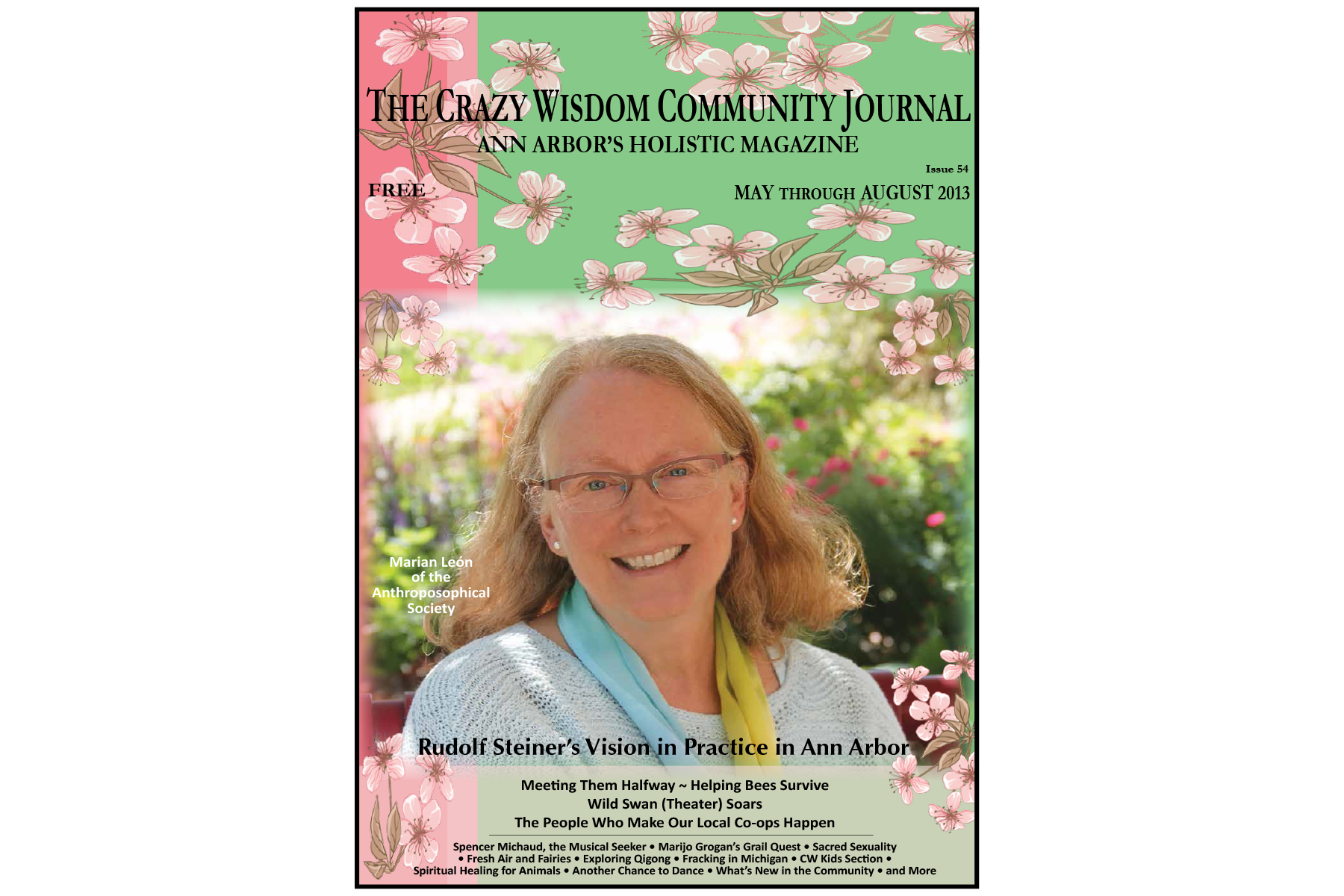
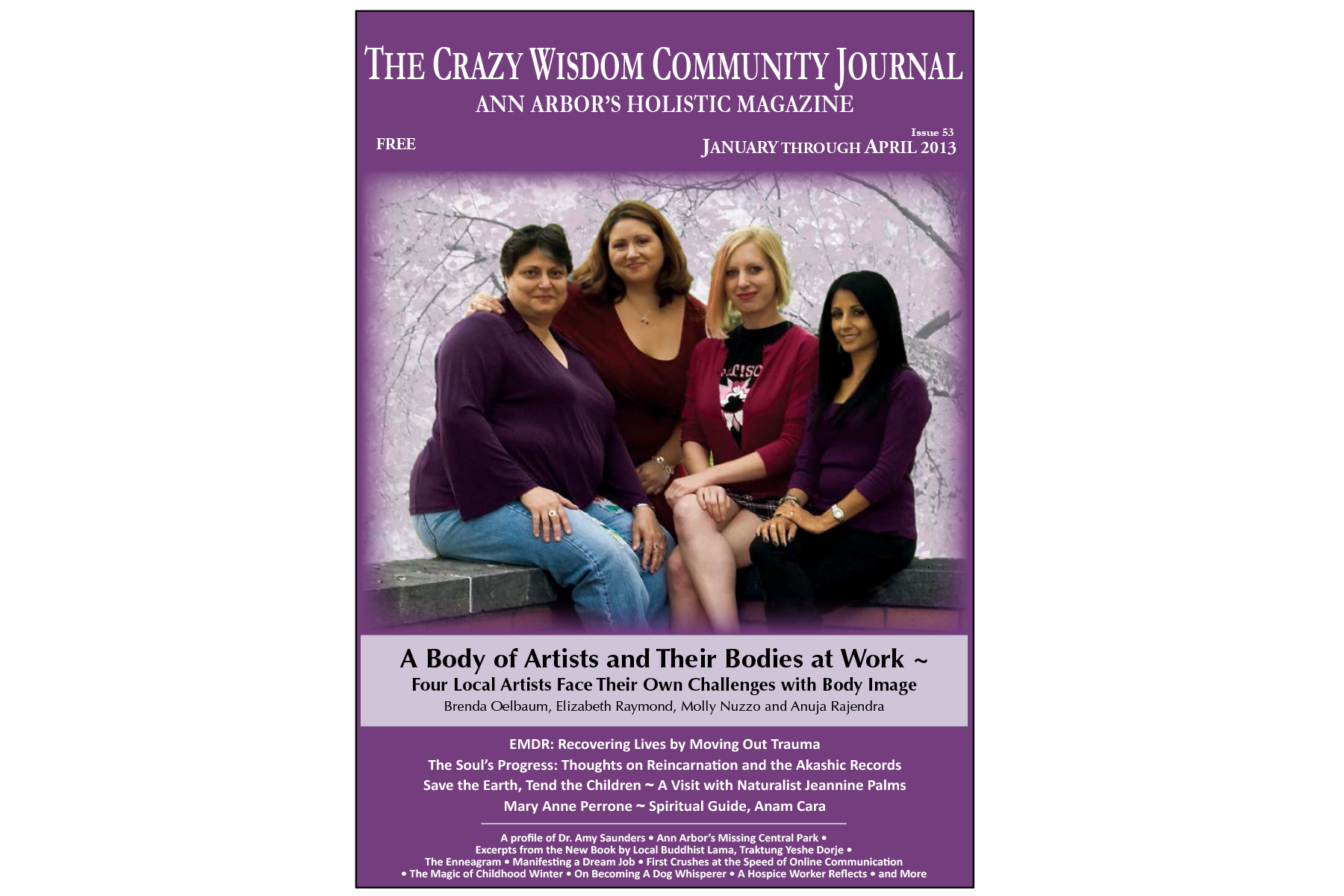
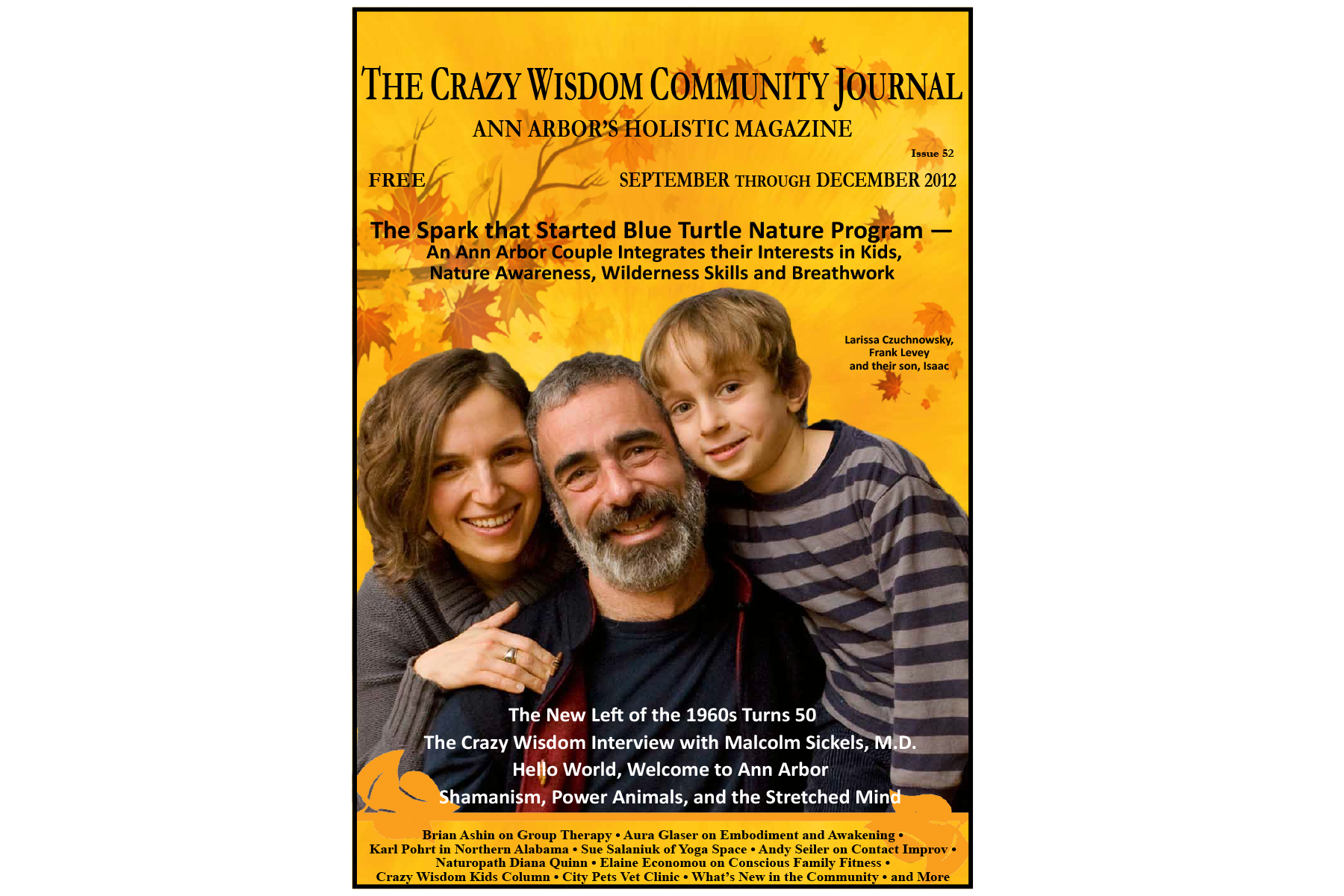
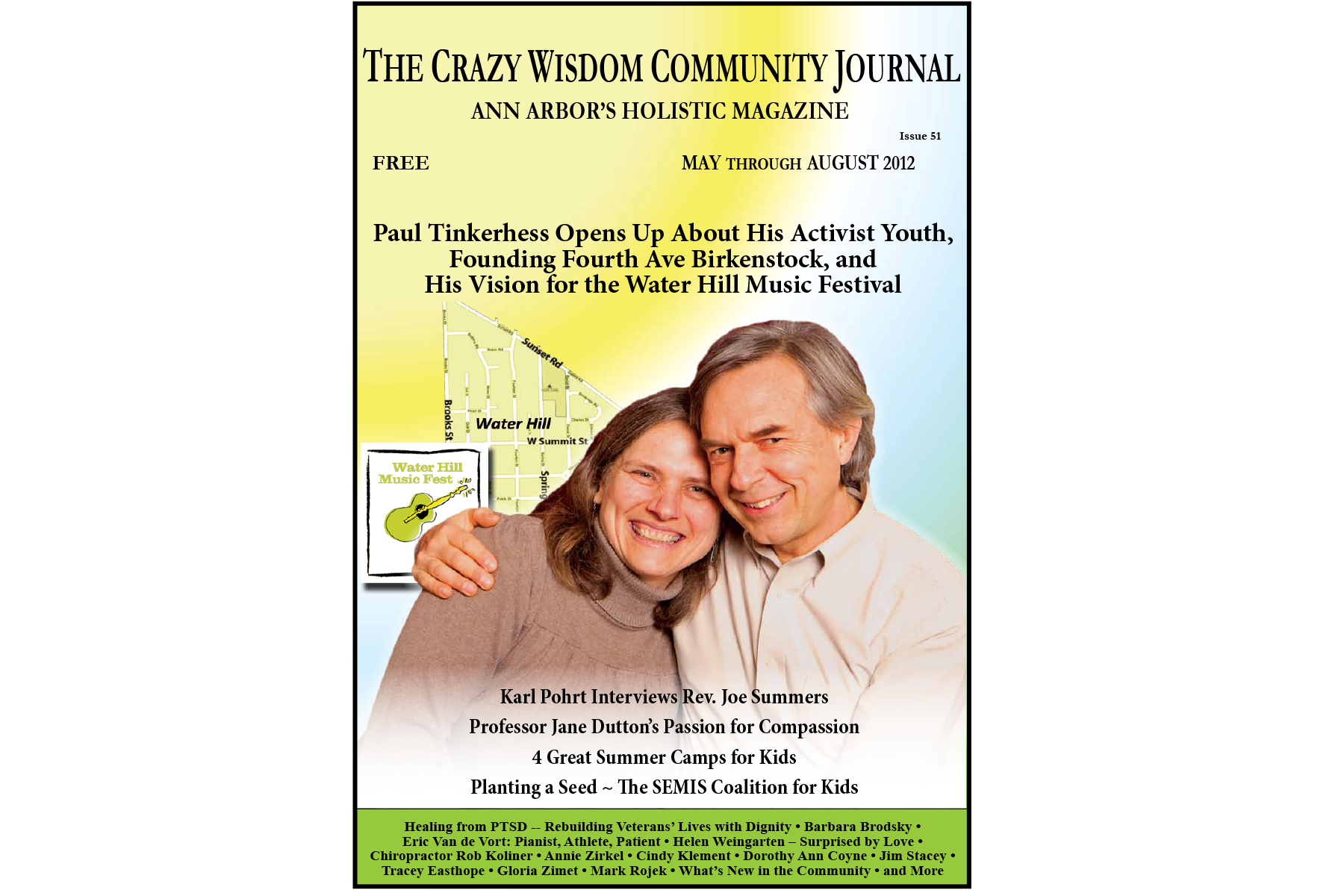

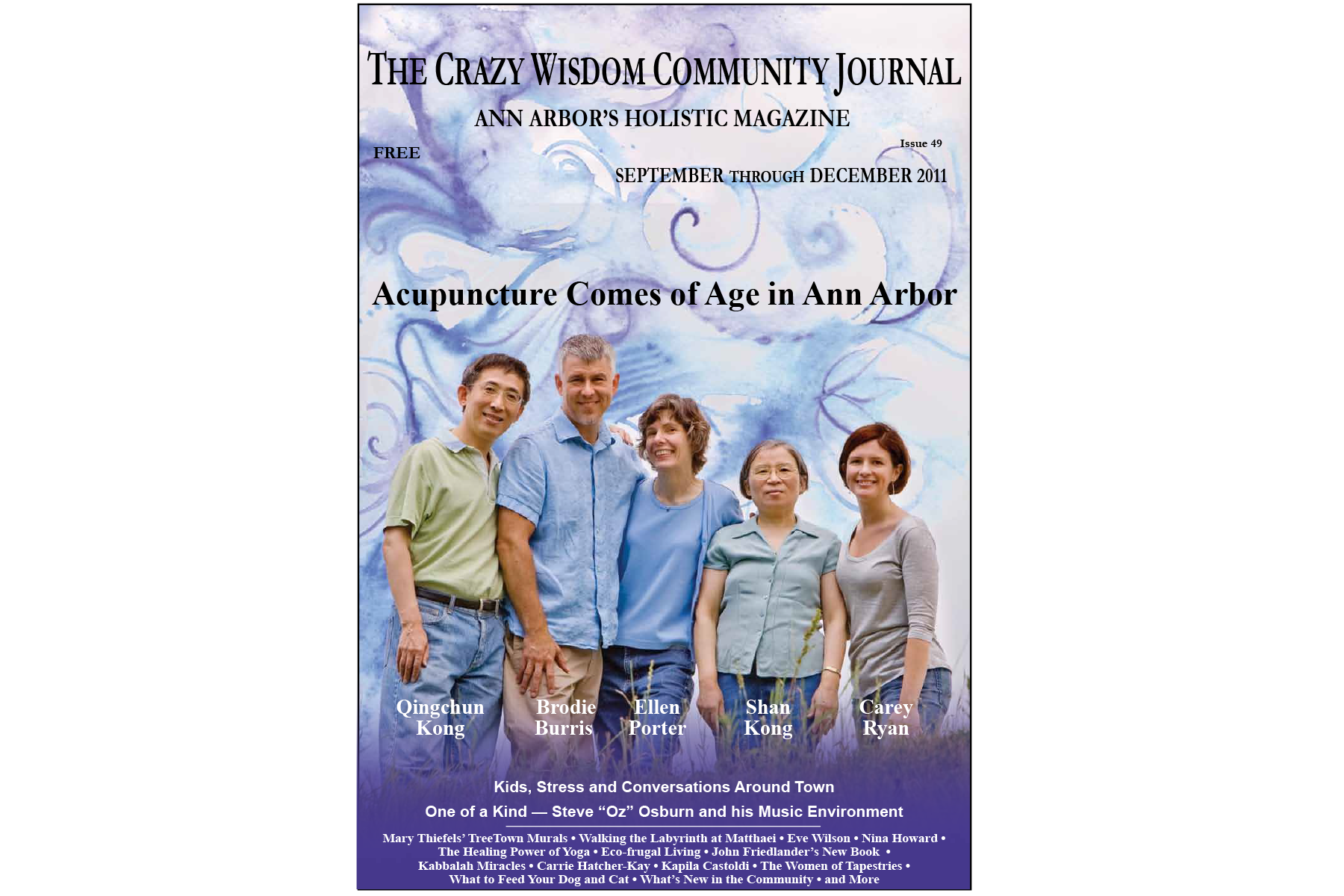
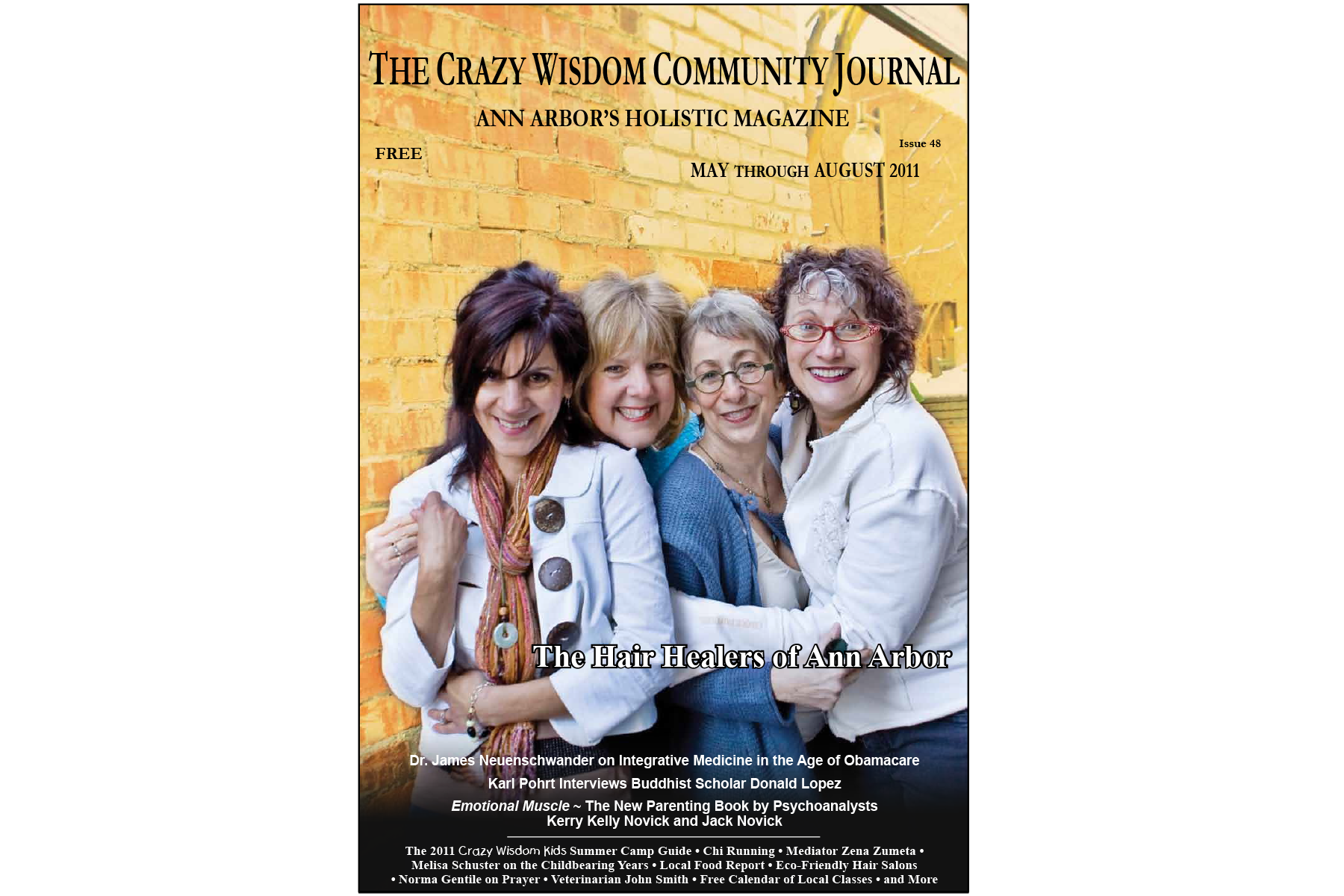

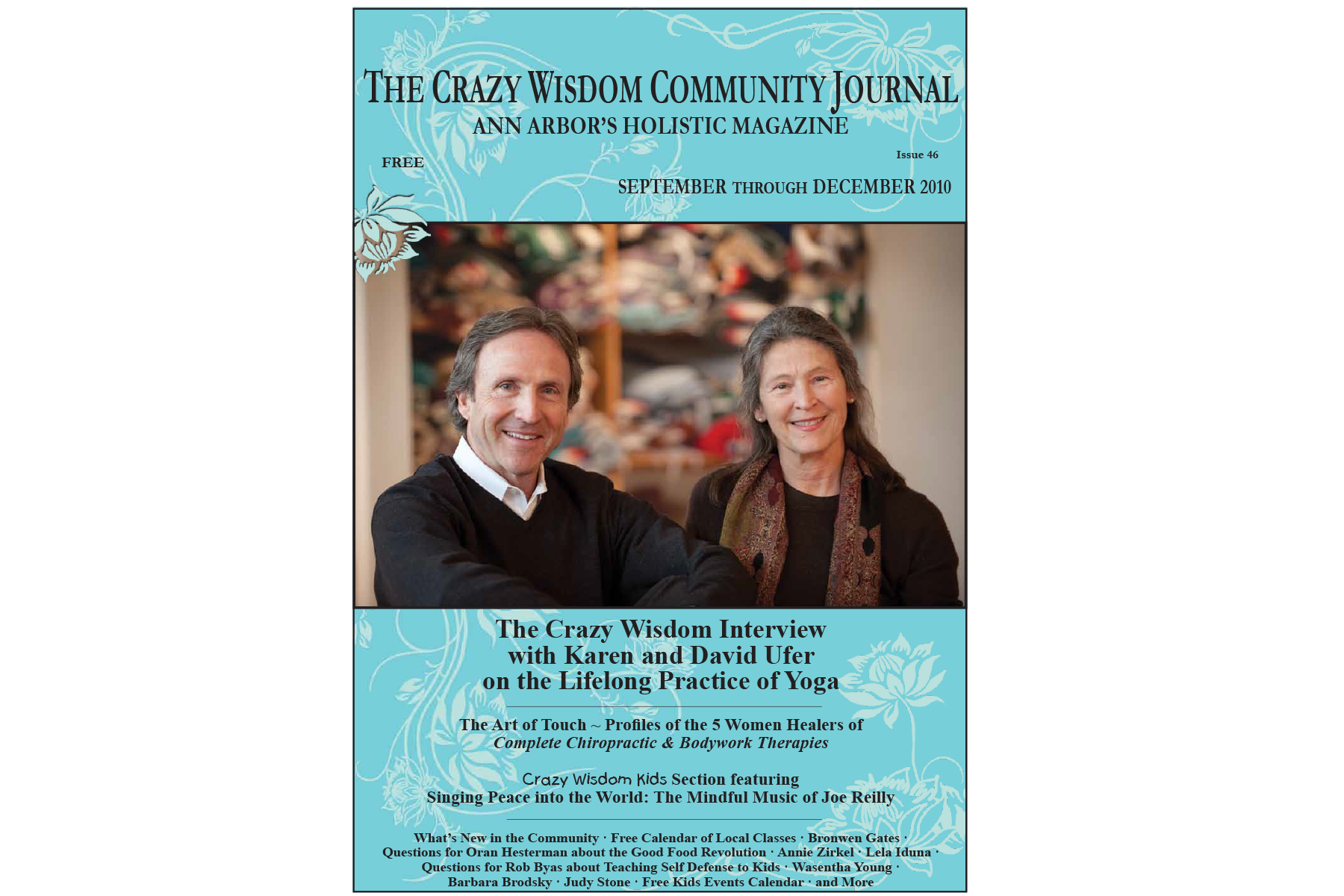
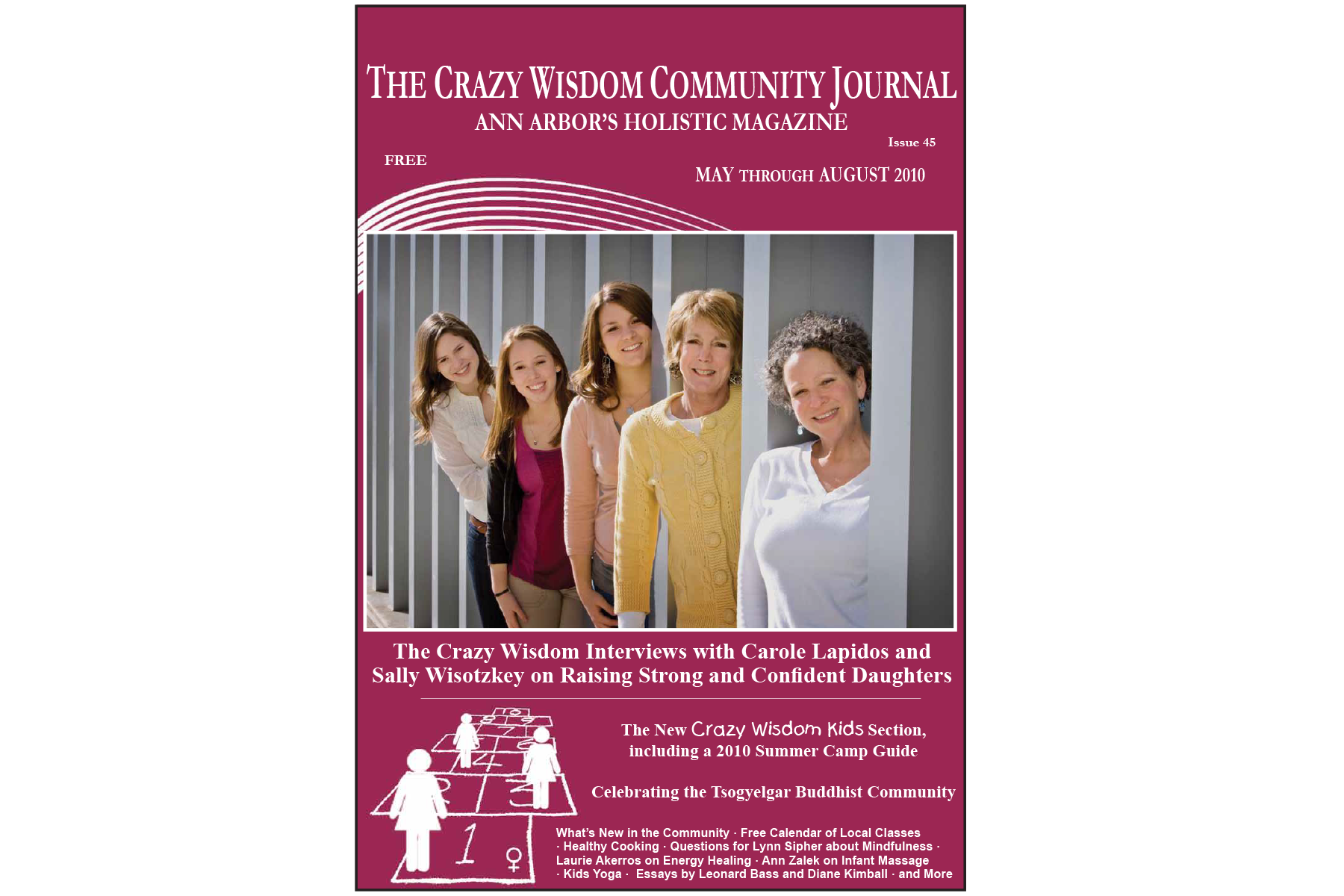
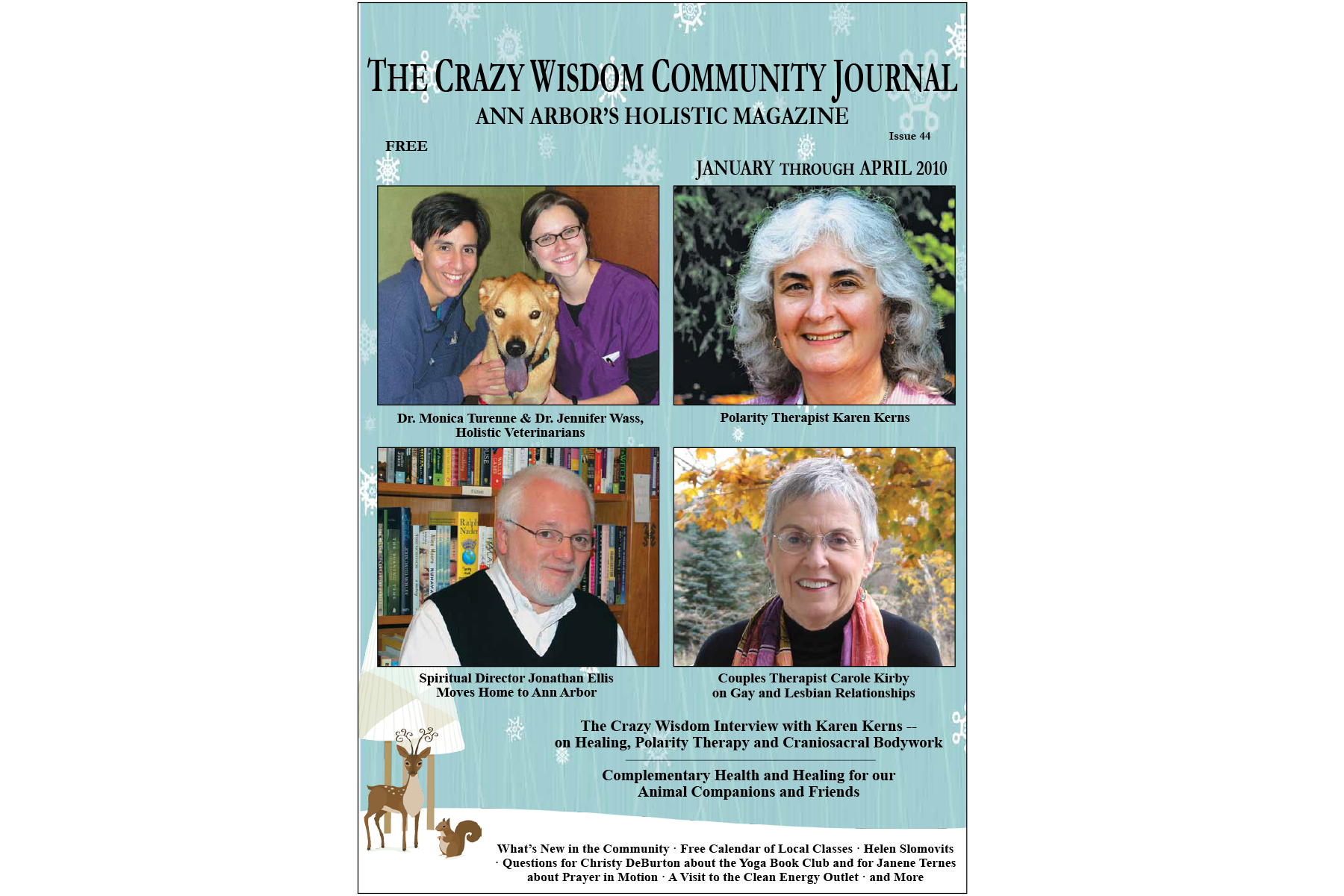



The birds are exuberant this morning. By the dozens, tufted titmice, rose-breasted grosbeaks, cardinals, gold finches, black capped chickadees, blue jays, mourning doves, and an oriole sing and flit from branch to nearby branch in a riotous clamor just outside the living room windows. One of the delights of spring is the way one can luxuriate in the bookends of the day. Morning unfolds slowly as the light gathers until the sun crests the horizon, and then all at once the day bursts open like a flower. Evening lingers before the day finishes. It is at these times that I especially enjoy watching the birds come and go.